Air plants are fascinating little wonders that don’t need soil to grow. Among them, xeric air plants are the toughest—they thrive in dry environments and have special adaptations to survive with minimal water. If you love low-maintenance plants with unique shapes and textures, xeric air plants are perfect for you! Let’s explore 50 amazing varieties.
Contents
- 1 1. Tillandsia xerographica
- 2 2. Tillandsia tectorum
- 3 3. Tillandsia caput-medusae
- 4 4. Tillandsia streptophylla
- 5 5. Tillandsia harrisii
- 6 6. Tillandsia ionantha
- 7 7. Tillandsia circinata
- 8 8. Tillandsia duratii
- 9 9. Tillandsia fuchsii v. gracilis
- 10 10. Tillandsia pruinosa
- 11 11. Tillandsia chiapensis
- 12 12. Tillandsia stricta
- 13 13. Tillandsia albida
- 14 14. Tillandsia seleriana
- 15 15. Tillandsia brachycaulos
- 16 16. Tillandsia caliginosa
- 17 17. Tillandsia recurvata
- 18 18. Tillandsia cacticola
- 19 19. Tillandsia guatemalensis
- 20 20. Tillandsia aeranthos
- 21 21. Tillandsia leonamiana
- 22 22. Tillandsia bandensis
- 23 23. Tillandsia ionantha ‘Rubra’
- 24 24. Tillandsia ionantha ‘Druid’
- 25 25. Tillandsia funckiana
- 26 26. Tillandsia araujei
- 27 27. Tillandsia filifolia
- 28 28. Tillandsia xiphioides
- 29 29. Tillandsia schiedeana
- 30 30. Tillandsia diaguitensis
- 31 31. Tillandsia matudae
- 32 32. Tillandsia latifolia
- 33 33. Tillandsia montana
- 34 34. Tillandsia roland-gosselinii
- 35 35. Tillandsia polystachia
- 36 36. Tillandsia tricolor
- 37 37. Tillandsia pohliana
- 38 38. Tillandsia andreana
- 39 39. Tillandsia bergeri
- 40 40. Tillandsia didisticha
- 41 41. Tillandsia usneoides (Spanish Moss)
- 42 42. Tillandsia crocata
- 43 43. Tillandsia geminiflora
- 44 44. Tillandsia lorentziana
- 45 45. Tillandsia vernicosa
- 46 46. Tillandsia caerulea
- 47 47. Tillandsia gardneri
- 48 48. Tillandsia mallemontii
- 49 49. Tillandsia koehresiana
- 50 50. Tillandsia paraensis
1. Tillandsia xerographica
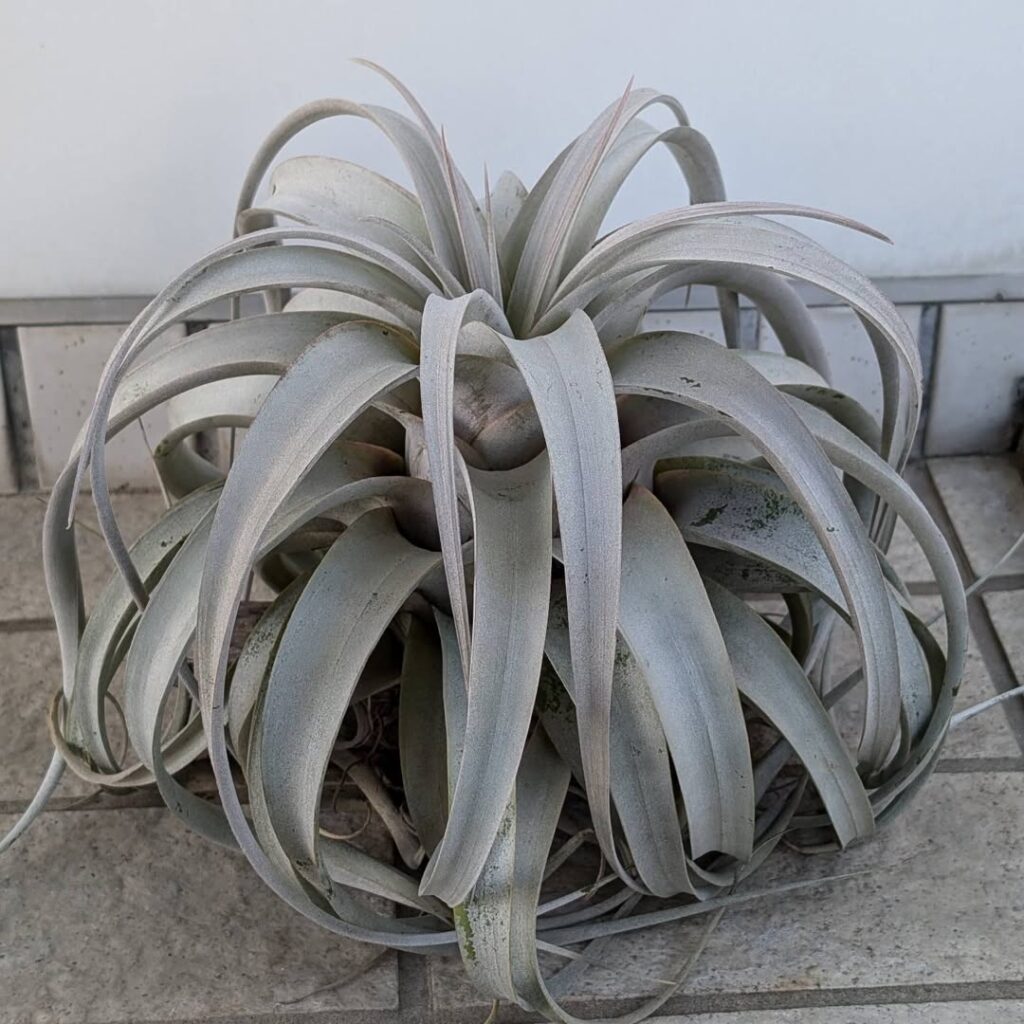
One of the most popular air plants, Tillandsia xerographica has large, curly leaves that form a beautiful rosette. It thrives in bright light and needs only occasional misting.
2. Tillandsia tectorum
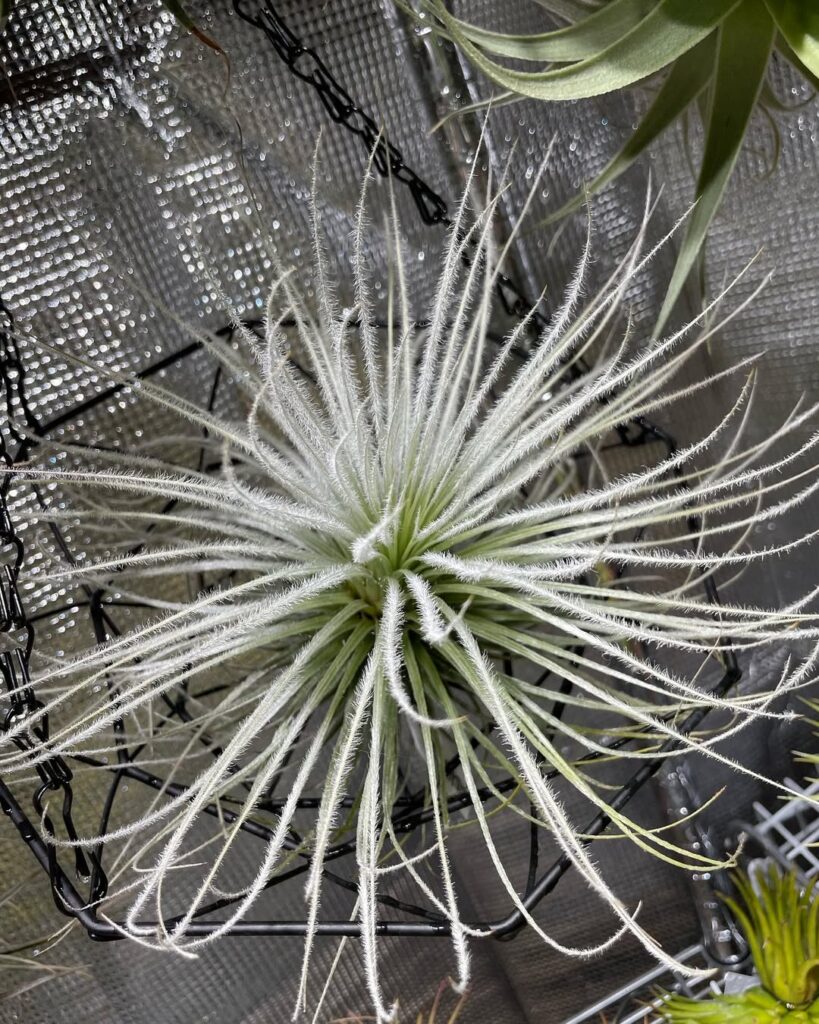
This fluffy air plant is covered in white trichomes, giving it a soft, silvery look. It prefers dry conditions and absorbs moisture from the air rather than frequent watering.
3. Tillandsia caput-medusae
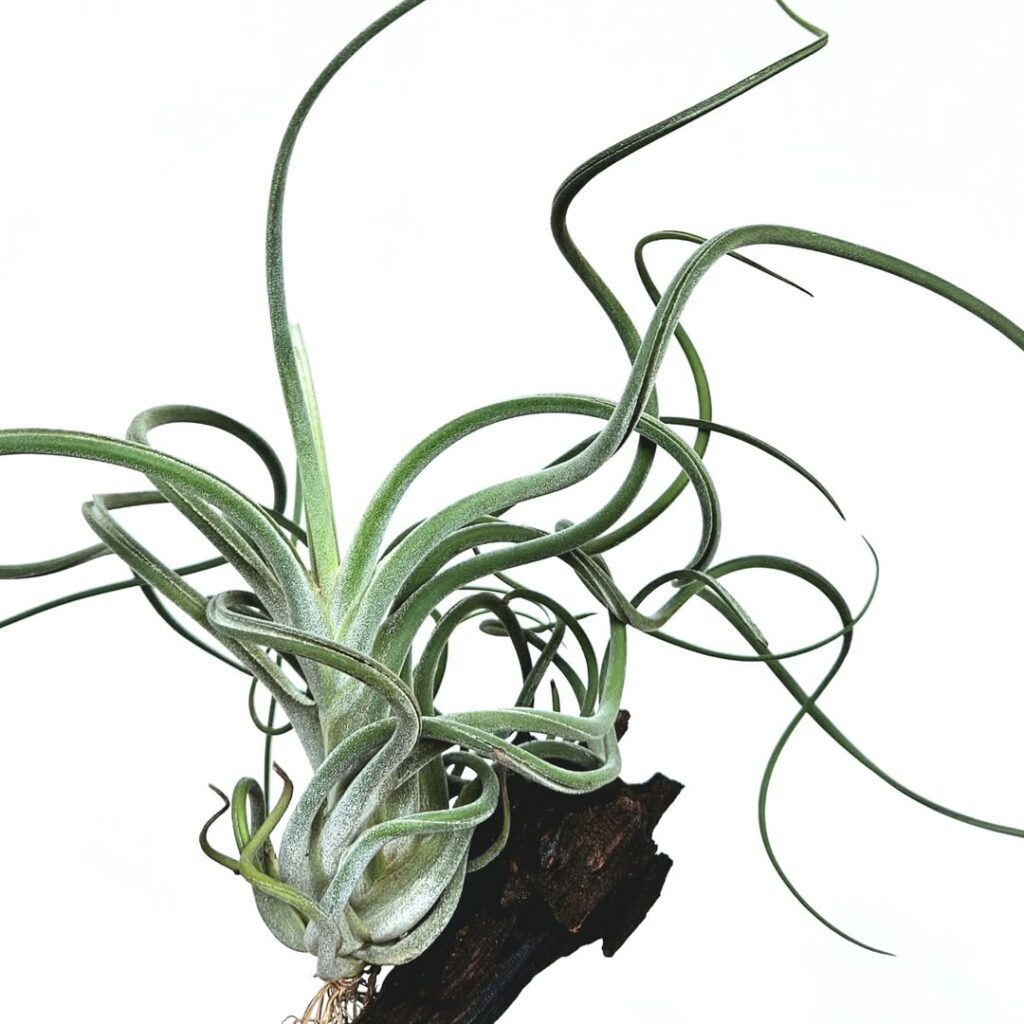
Named after Medusa, this plant has twisting, tentacle-like leaves. It enjoys bright light and occasional soaking but can handle dry spells well.
4. Tillandsia streptophylla
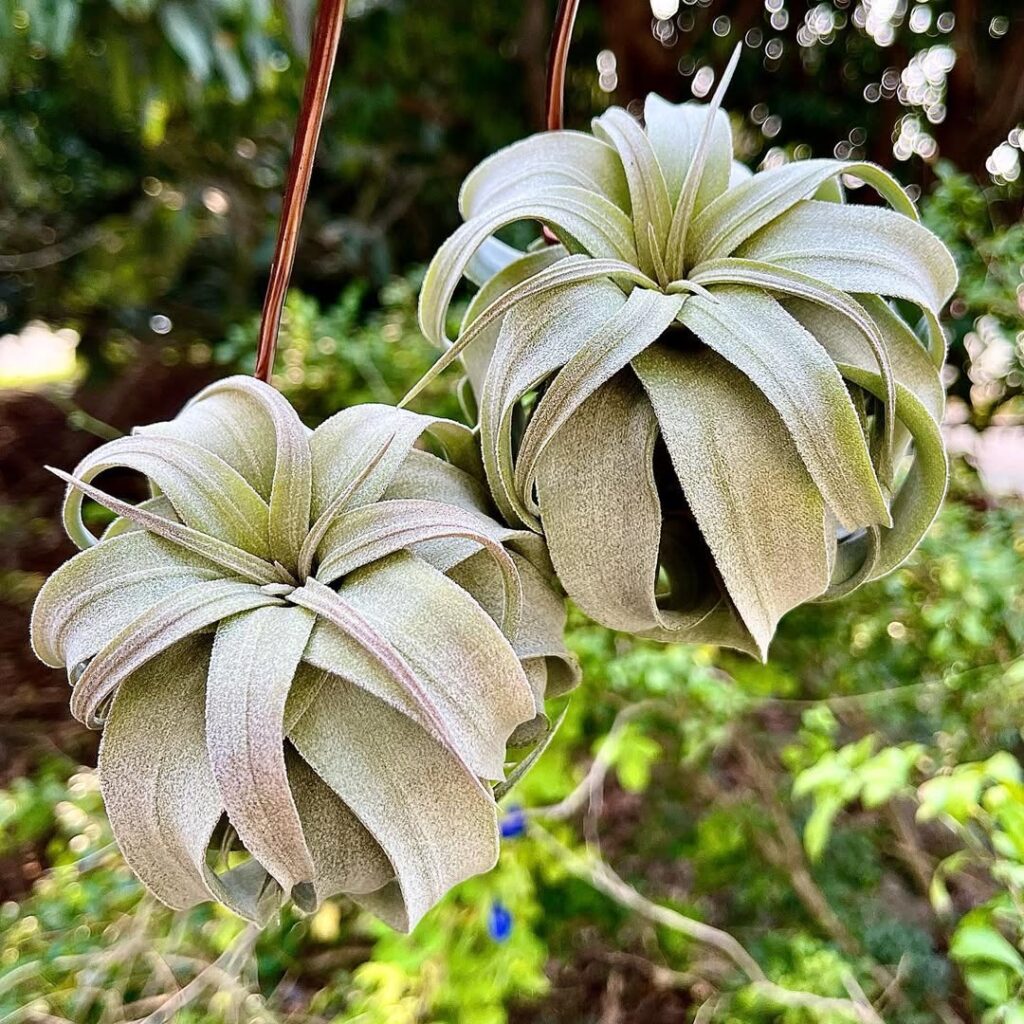
Known as the “Shirley Temple” plant, its curly leaves store water, making it highly drought-resistant. It thrives in bright, indirect light.
5. Tillandsia harrisii
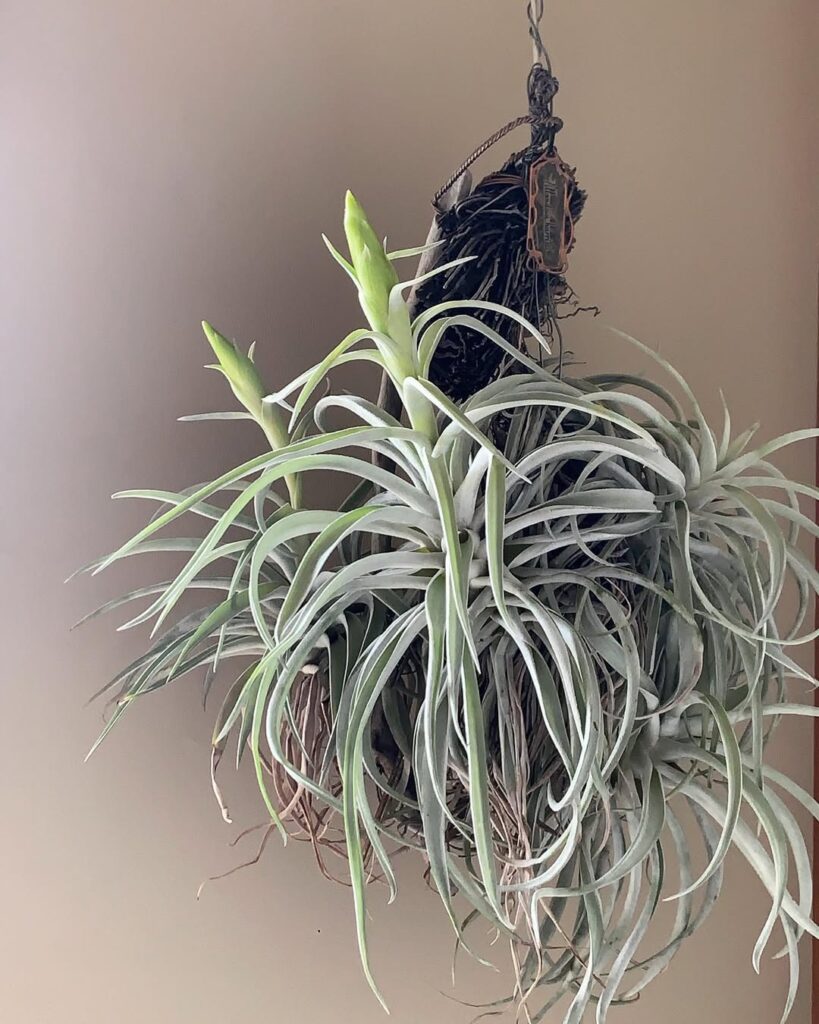
Tillandsia harrisii has soft, silvery-grey leaves covered in trichomes, helping it absorb moisture efficiently. It produces red floral bracts with blue-violet flowers, thriving in bright, dry environments with good airflow.
6. Tillandsia ionantha
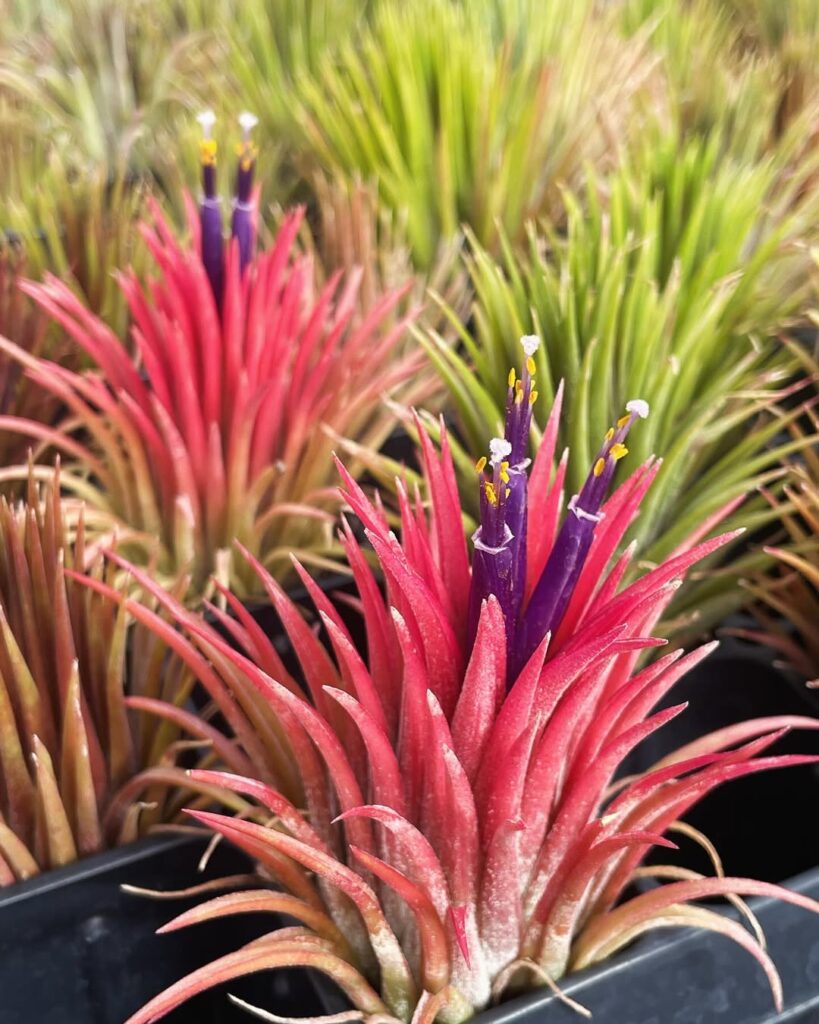
Tillandsia ionantha is a compact air plant with narrow, silvery-green leaves that turn red when blooming. It produces vibrant purple flowers and thrives in bright, dry environments with good airflow.
7. Tillandsia circinata
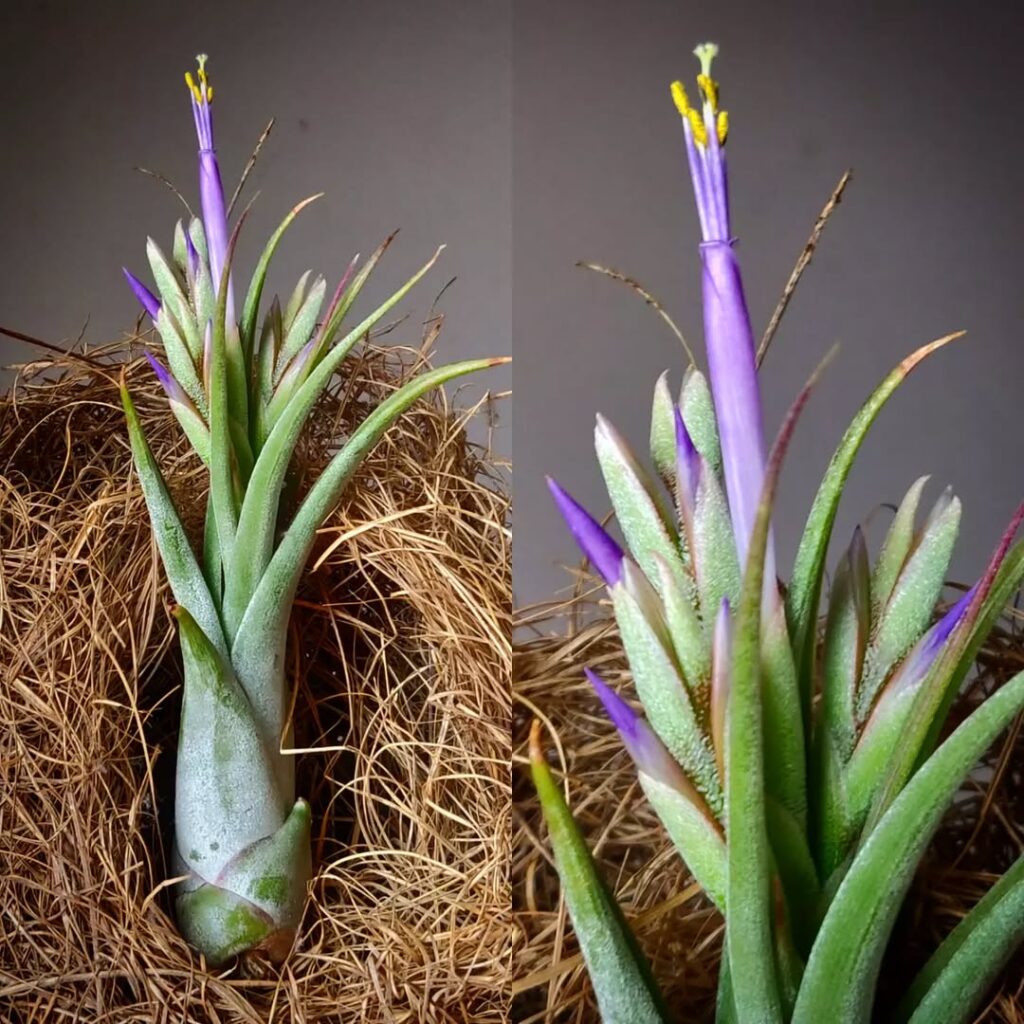
Tillandsia circinata has twisting, silvery-green leaves that curl downward in dry conditions. It produces pink and pale green bracts with tubular purple flowers, thriving in bright, well-ventilated spaces.
8. Tillandsia duratii
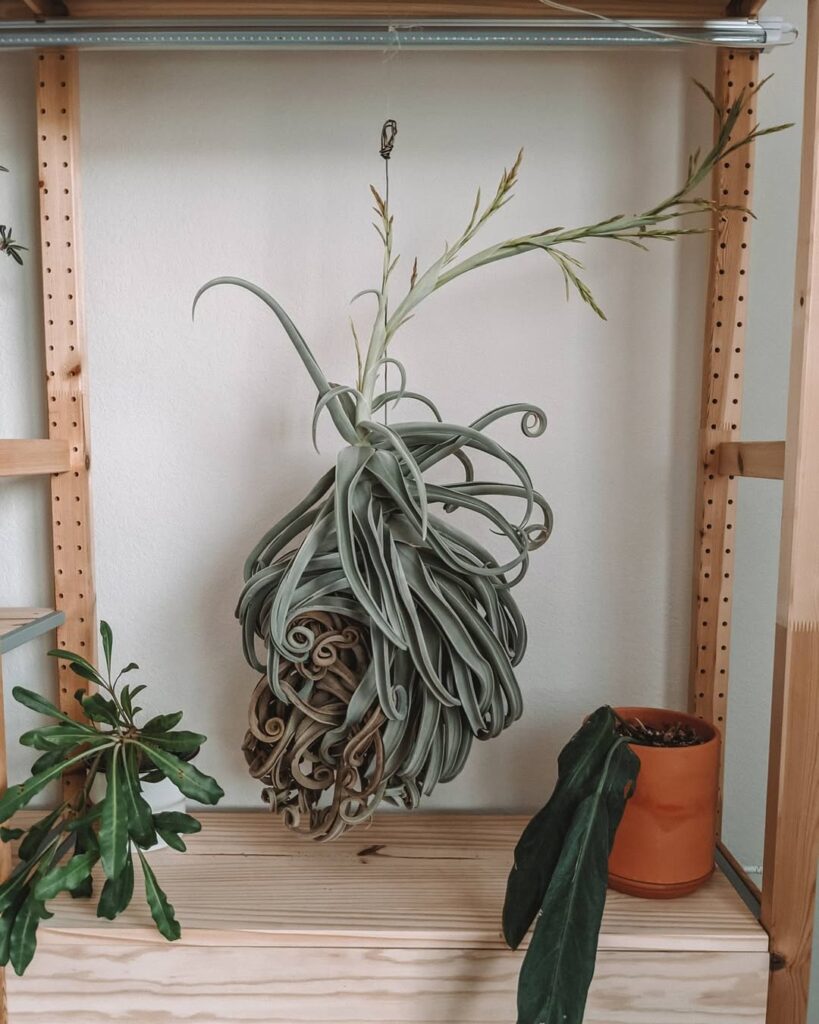
Tillandsia duratii has long, curly leaves that wrap around surfaces for support. It produces fragrant lavender flowers on tall, upright spikes, thriving in dry, bright environments with good airflow.
9. Tillandsia fuchsii v. gracilis
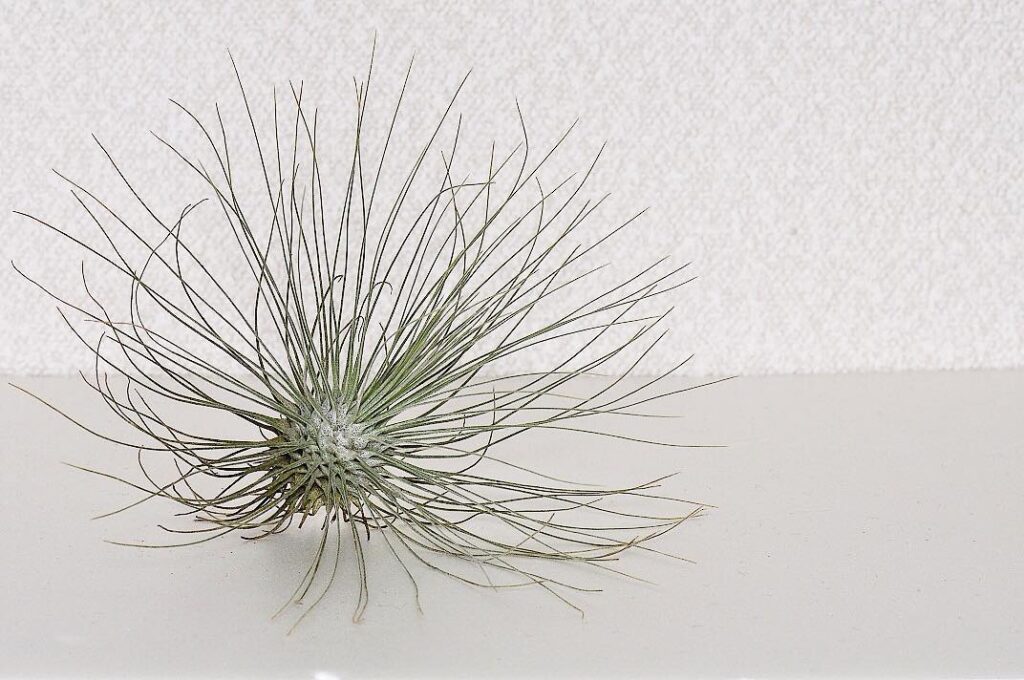
Tillandsia fuchsii v. gracilis has thin, thread-like leaves that extend from a small, round base. It produces long, slender bloom spikes that turn red when flowering, with purple flowers adding contrast. This delicate species thrives in bright, dry environments with good airflow.
10. Tillandsia pruinosa
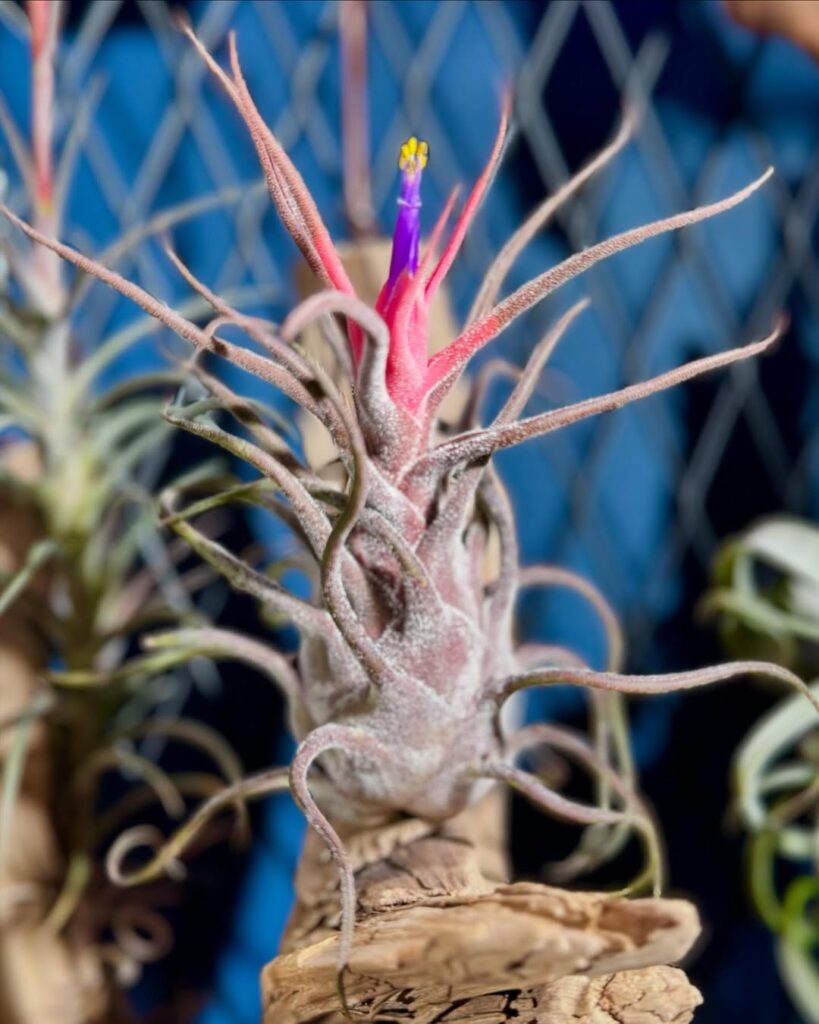
Tillandsia pruinosa has twisting, velvety leaves covered in dense trichomes, giving it a frosty appearance. It produces bright pink bracts with delicate purple flowers, thriving in humid but well-ventilated environments.
11. Tillandsia chiapensis
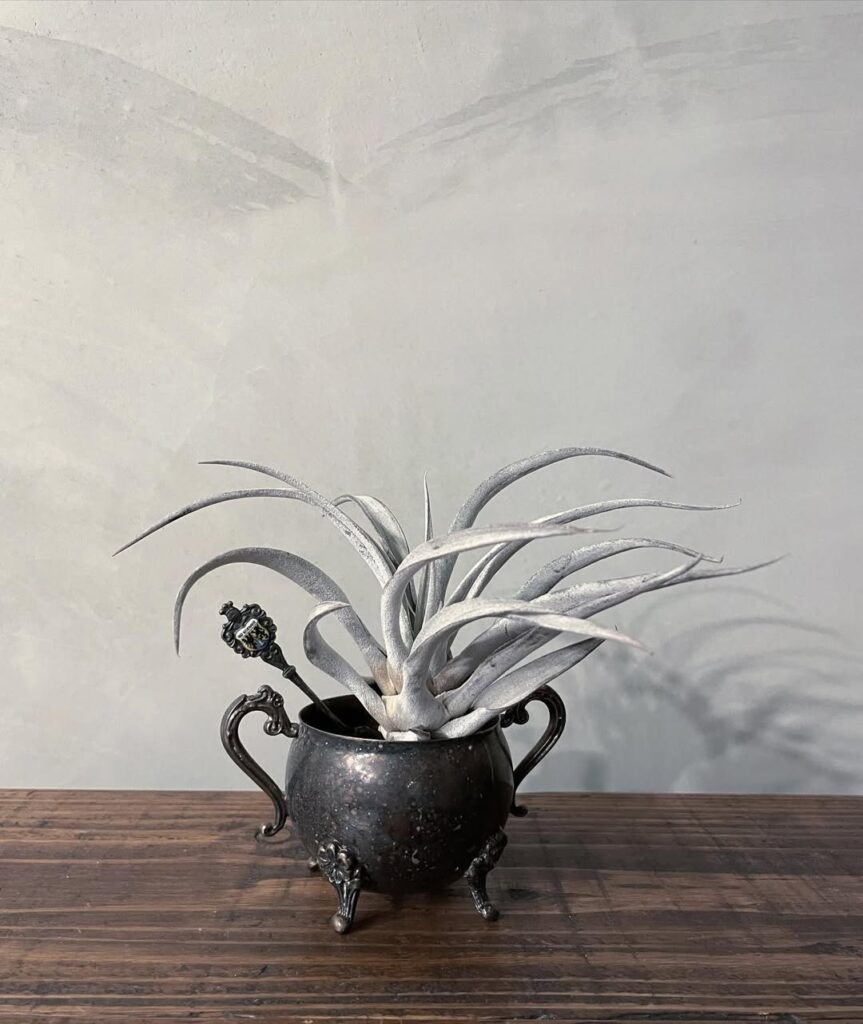
Tillandsia chiapensis has soft, velvety leaves covered in dense trichomes, giving it a silvery-green appearance. It produces bright violet flowers on pink bracts, thriving in dry, rocky environments with strong light and good airflow.
12. Tillandsia stricta
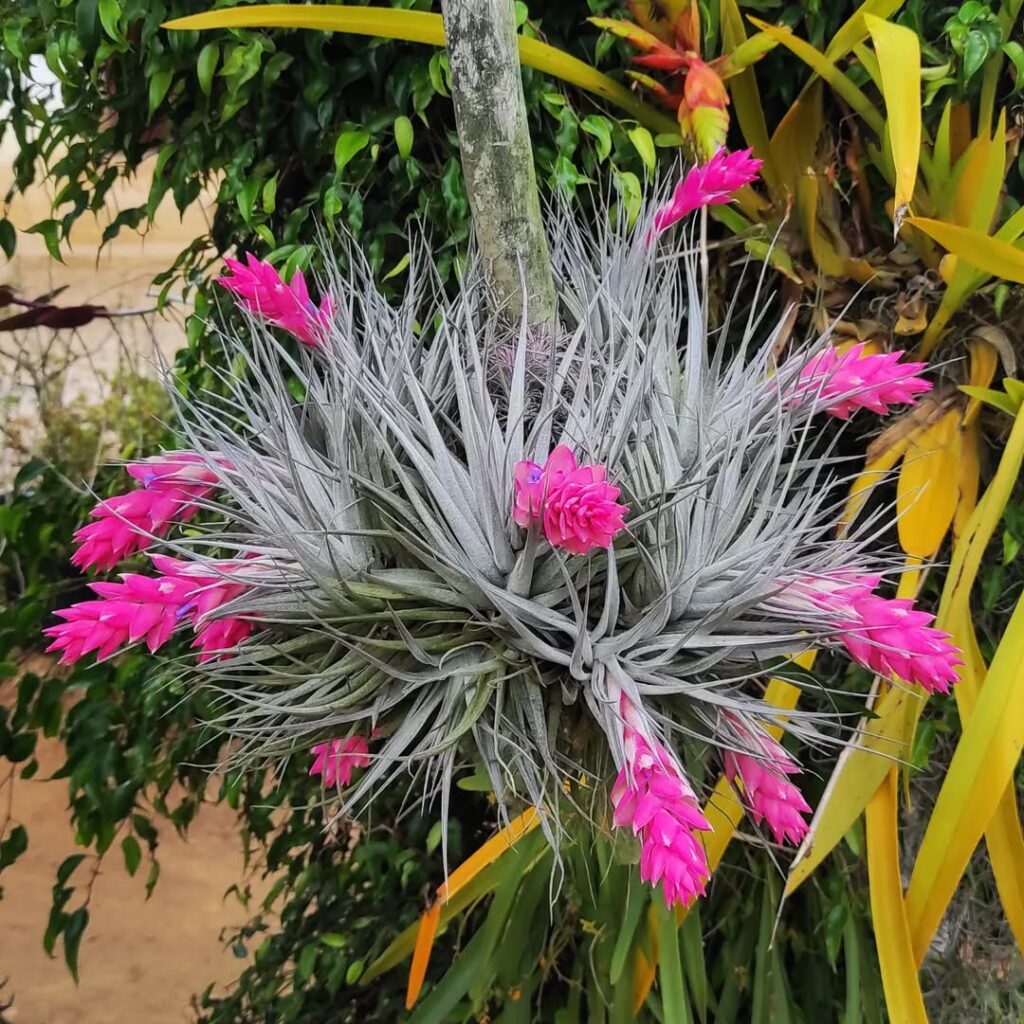
Tillandsia stricta has stiff, silvery-green leaves forming a compact rosette. It produces bright pink bracts with small purple flowers, thriving in bright, airy environments with good airflow.
13. Tillandsia albida

Tillandsia albida has stiff, silvery-white leaves covered in dense trichomes, helping it tolerate dry conditions. It produces cream-colored flowers on tall red spikes, thriving in bright, arid environments.
14. Tillandsia seleriana

Tillandsia seleriana has a large, bulbous base covered in fuzzy trichomes. It produces purple flowers on stiff bloom spikes, thriving in bright, dry environments with good airflow.
15. Tillandsia brachycaulos
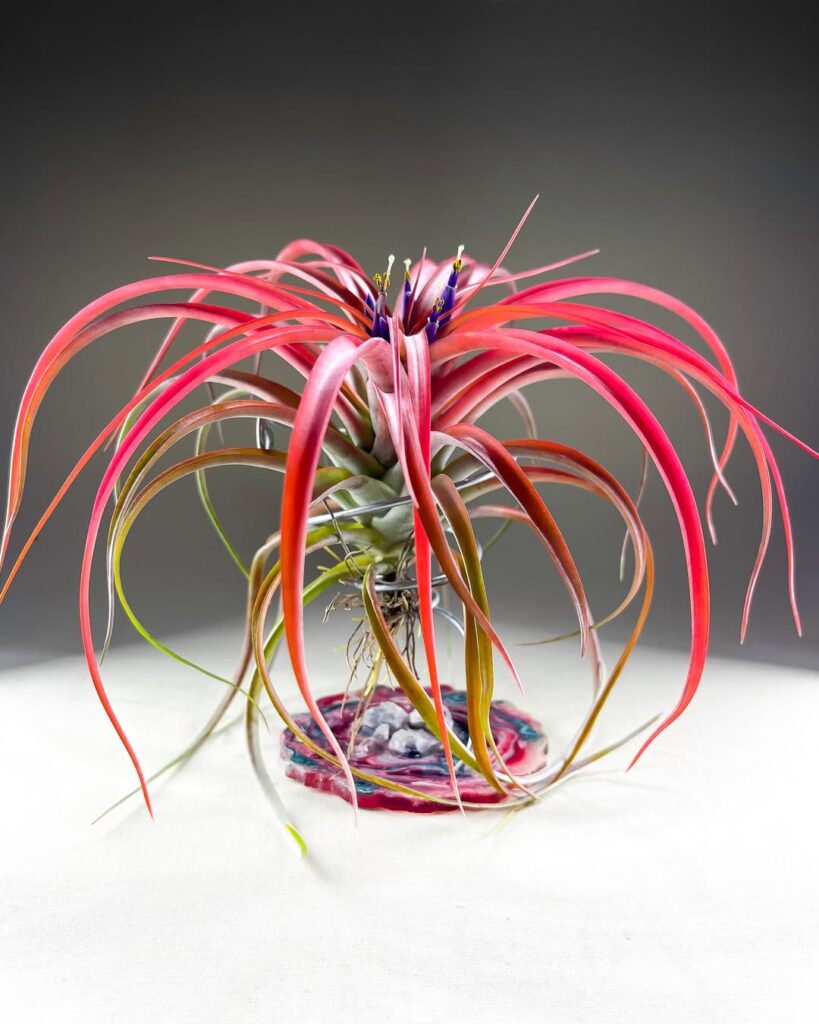
Tillandsia brachycaulos has broad, green leaves that turn red when blooming. It produces purple flowers and thrives in bright, humid environments with good airflow.
16. Tillandsia caliginosa
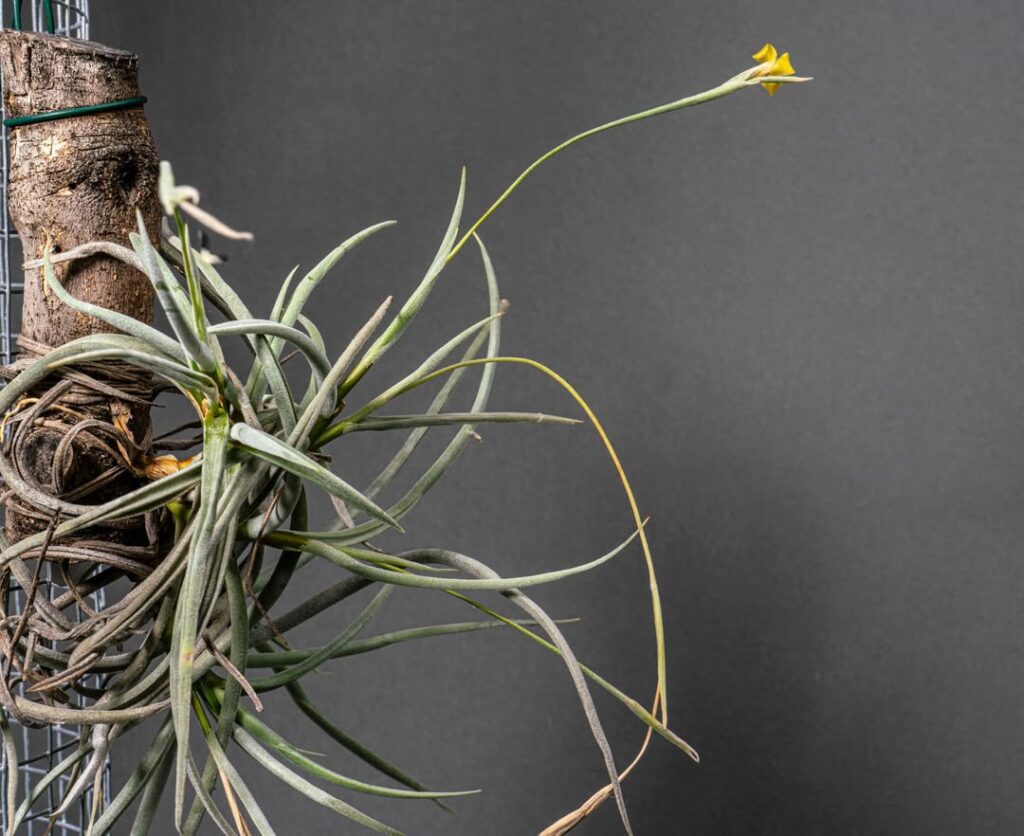
Tillandsia caliginosa is native to Argentina and Bolivia. It has slender, silvery-green leaves and produces yellow flowers, thriving in dry, bright environments.
17. Tillandsia recurvata
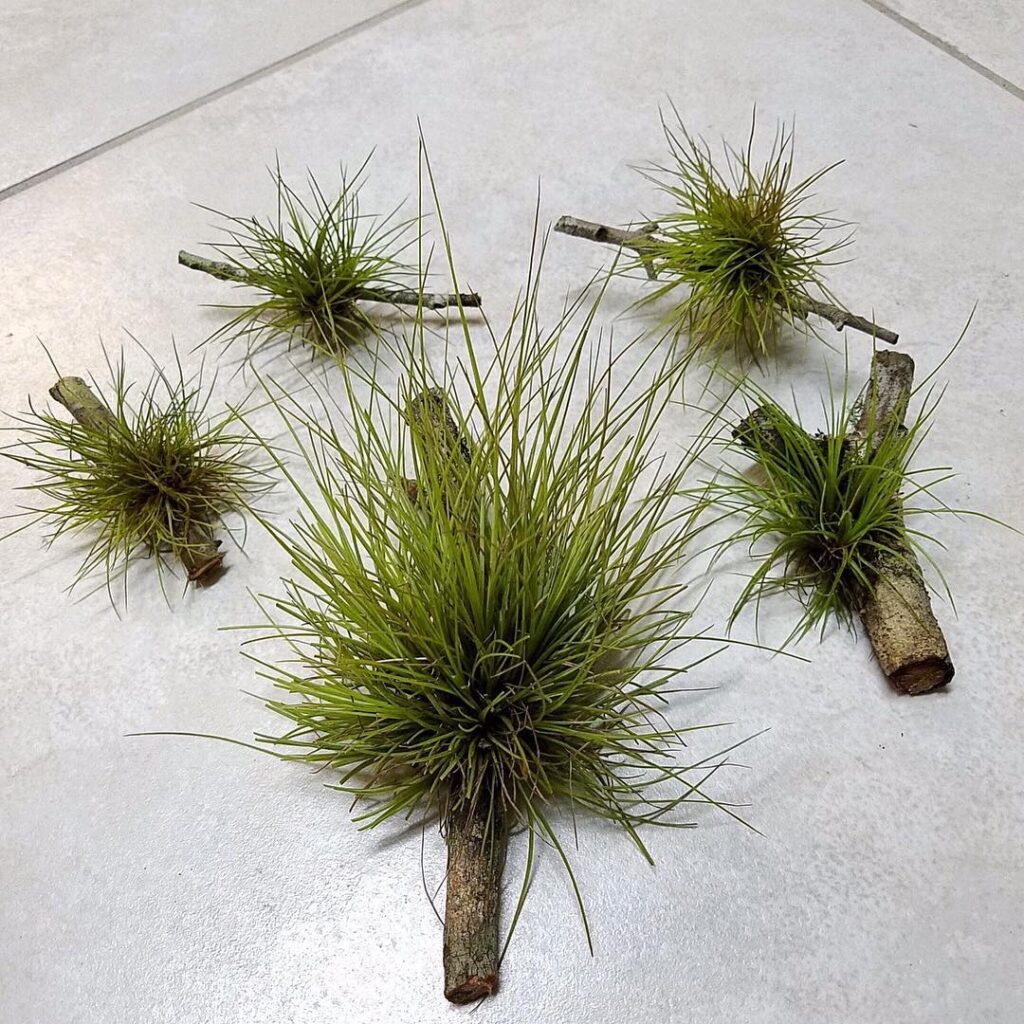
Often called “Ball Moss,” T. recurvata forms small clumps of silver-green leaves. It thrives with good air circulation and minimal watering.
18. Tillandsia cacticola
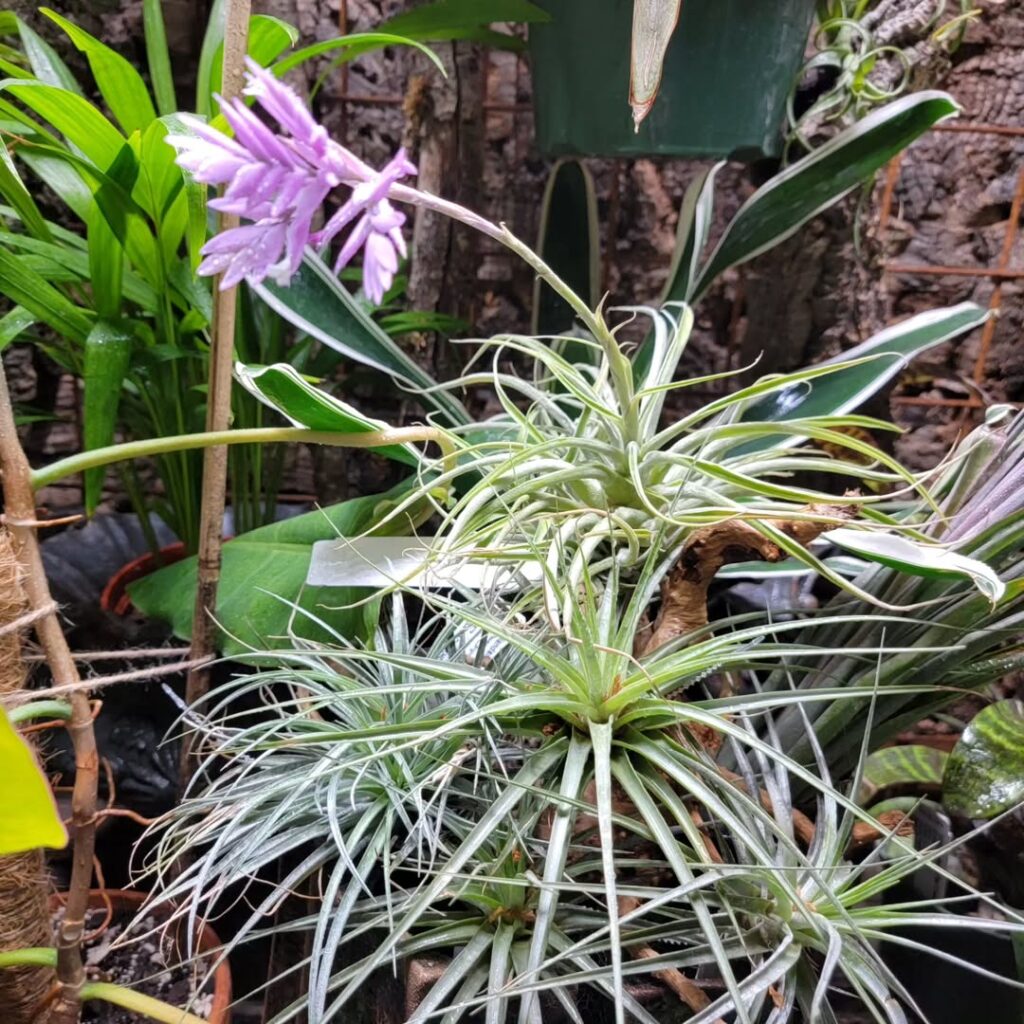
This beautiful species has long, narrow leaves with subtle purple blooms. It enjoys bright light and dry conditions.
19. Tillandsia guatemalensis
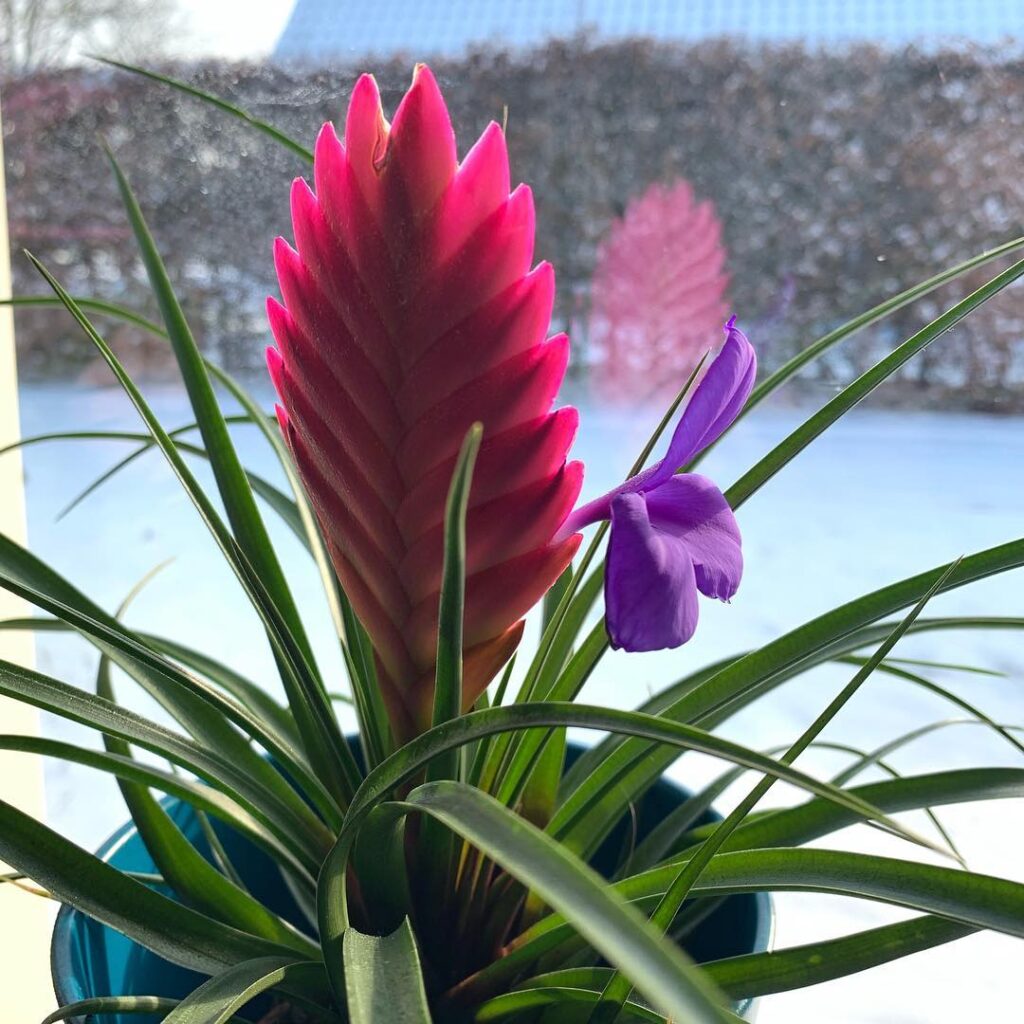
A large-growing xeric air plant with thick, silvery leaves. It flourishes with bright light and occasional misting.
20. Tillandsia aeranthos
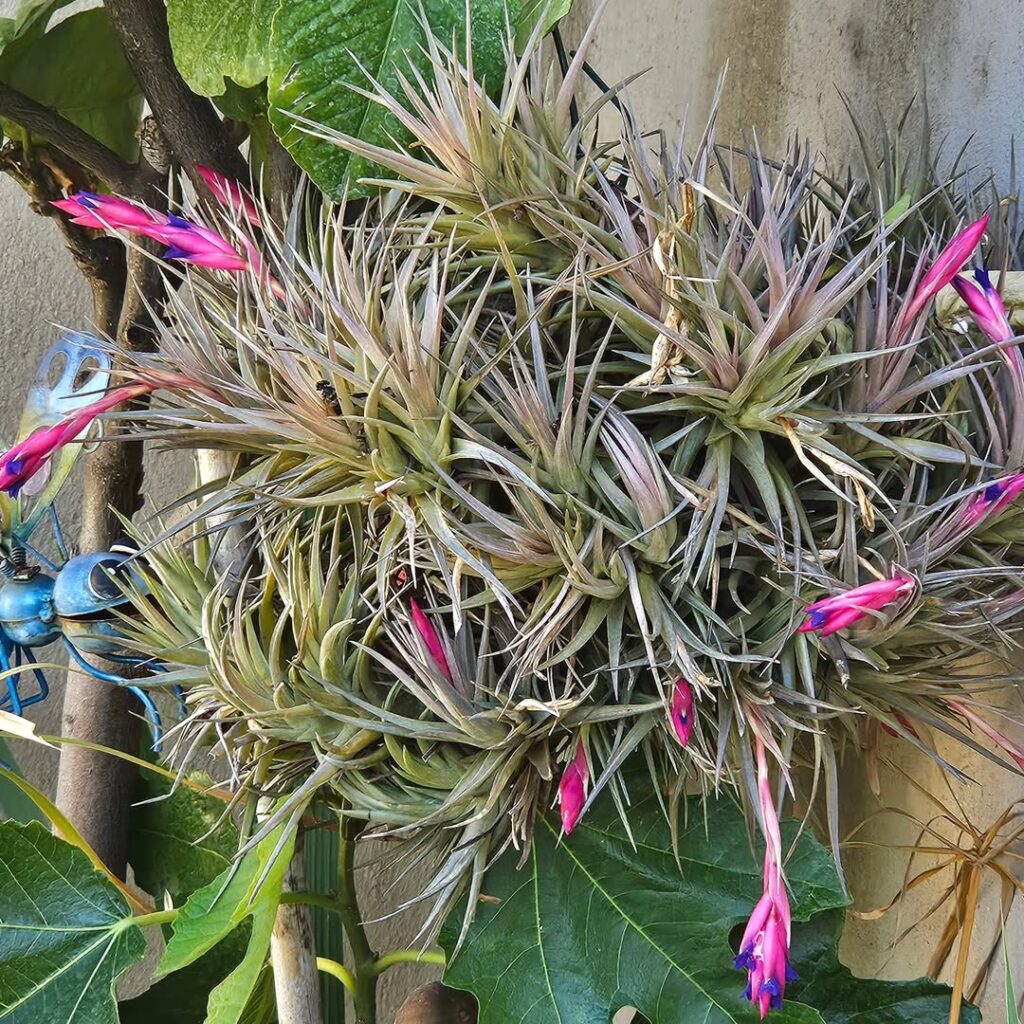
A hardy air plant with stiff, spiky foliage. It’s drought-tolerant and produces vivid pink blooms.
21. Tillandsia leonamiana
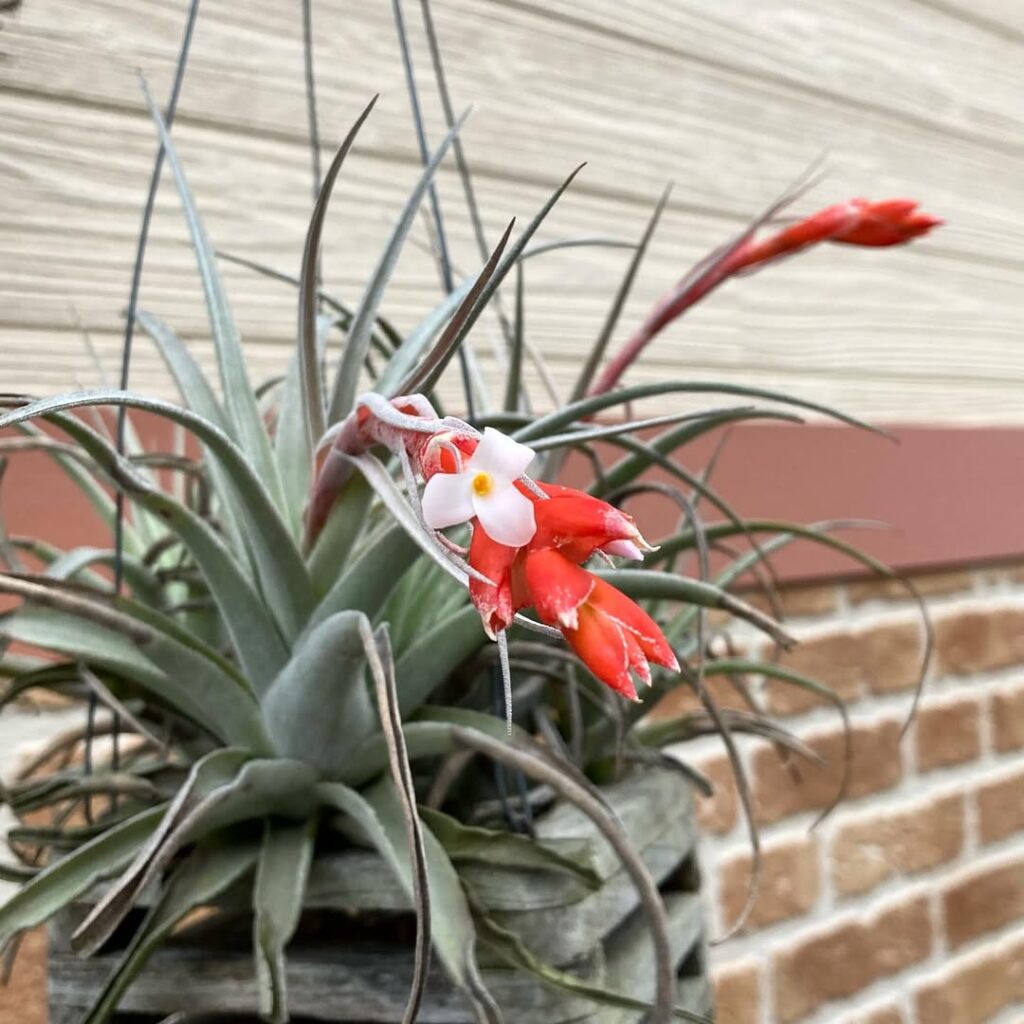
This variety has thin, curled leaves and grows well in dry environments. It requires bright light and good airflow.
22. Tillandsia bandensis
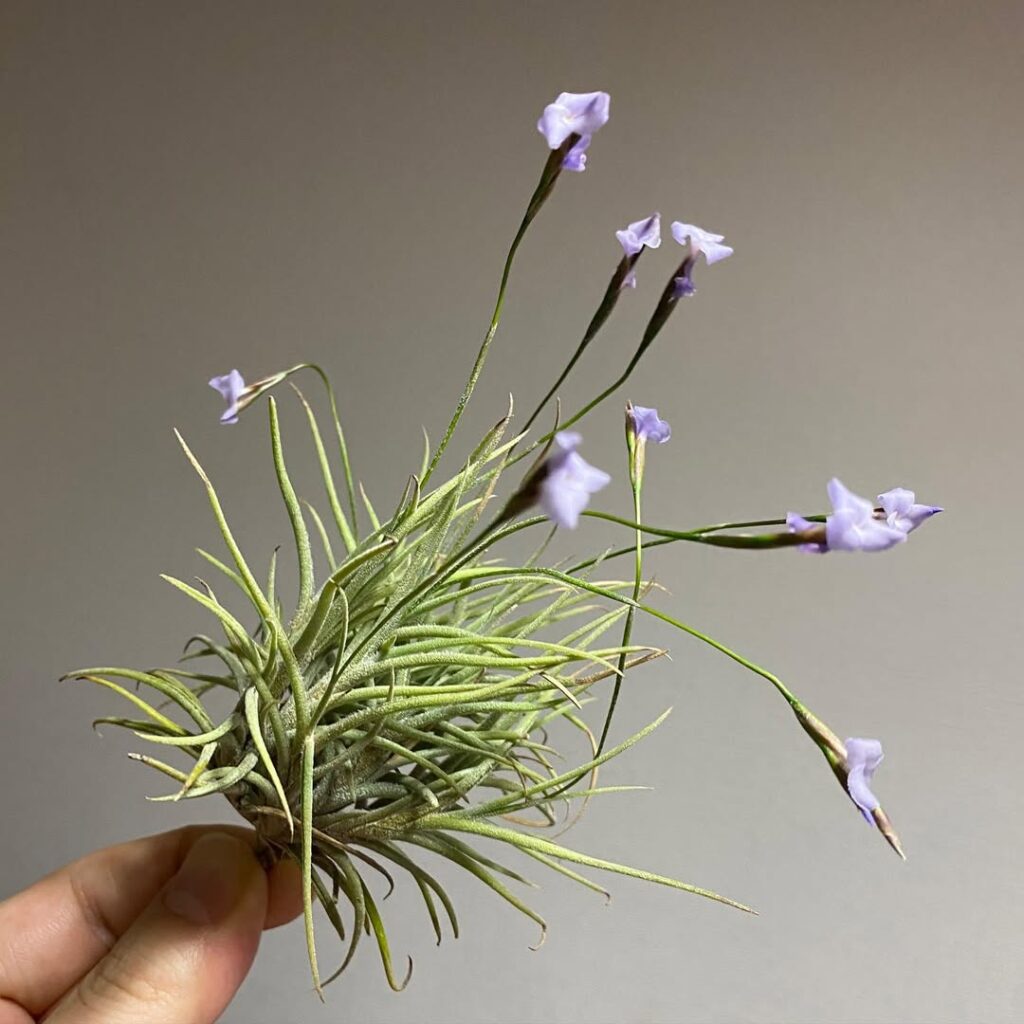
A compact air plant with soft, narrow leaves. It thrives in bright light and needs little water.
23. Tillandsia ionantha ‘Rubra’
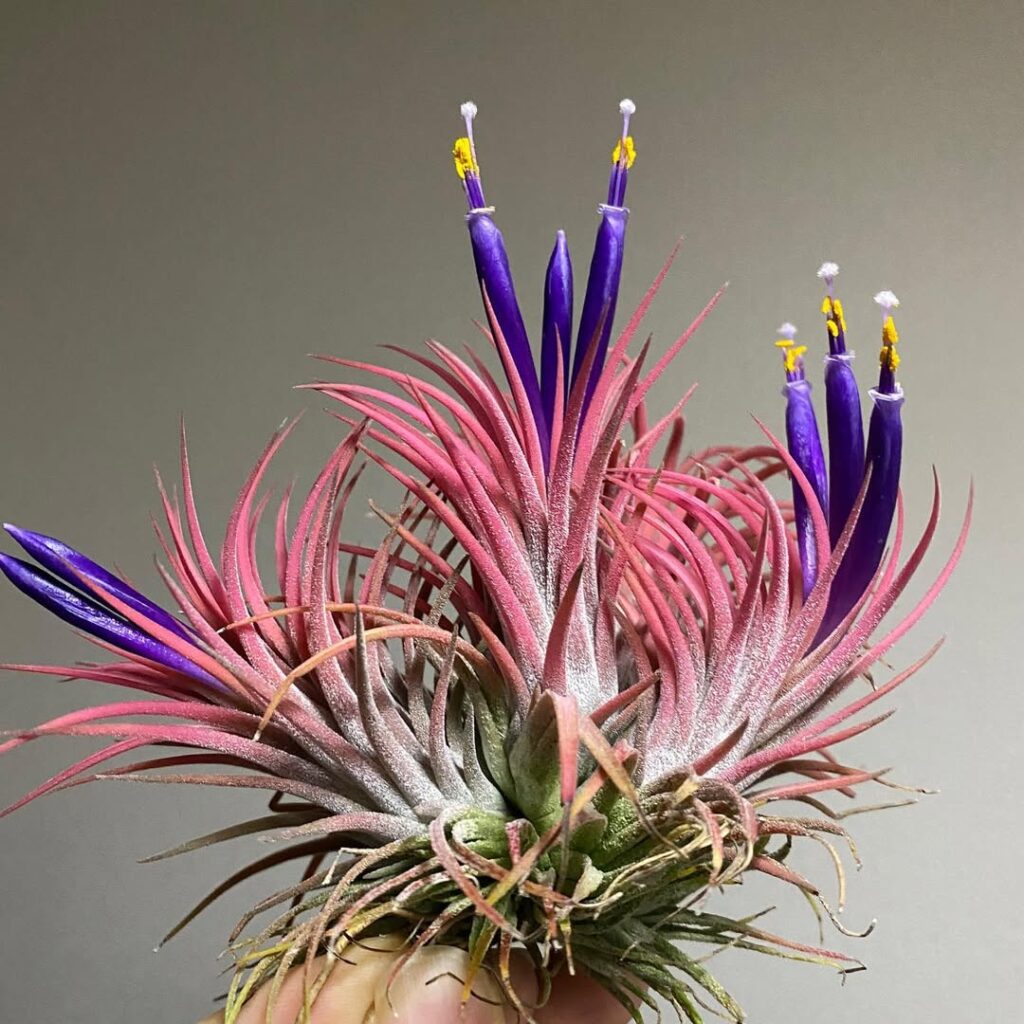
This vibrant cultivar develops red foliage when exposed to bright light. It requires minimal watering.
24. Tillandsia ionantha ‘Druid’
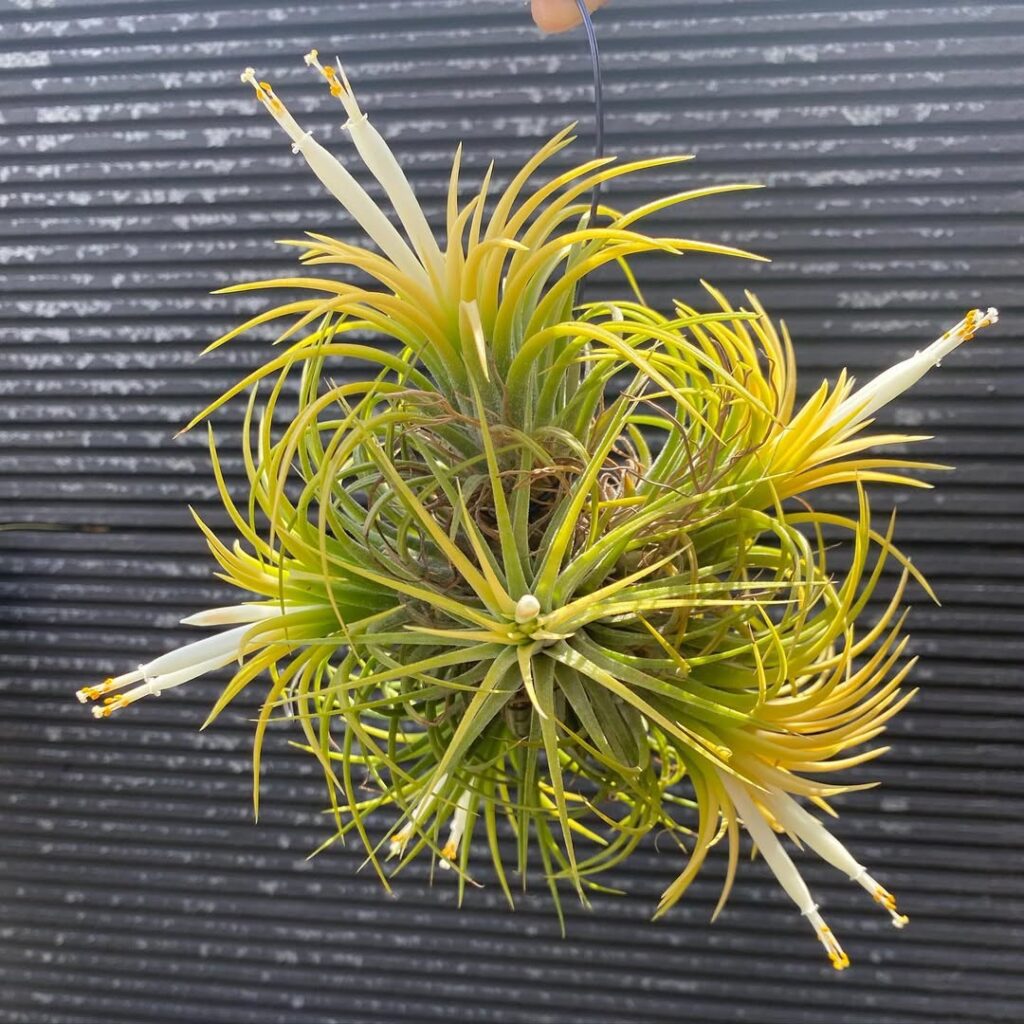
A rare T. ionantha variant with light-colored leaves and white blooms. It’s well-suited for dry conditions.
25. Tillandsia funckiana
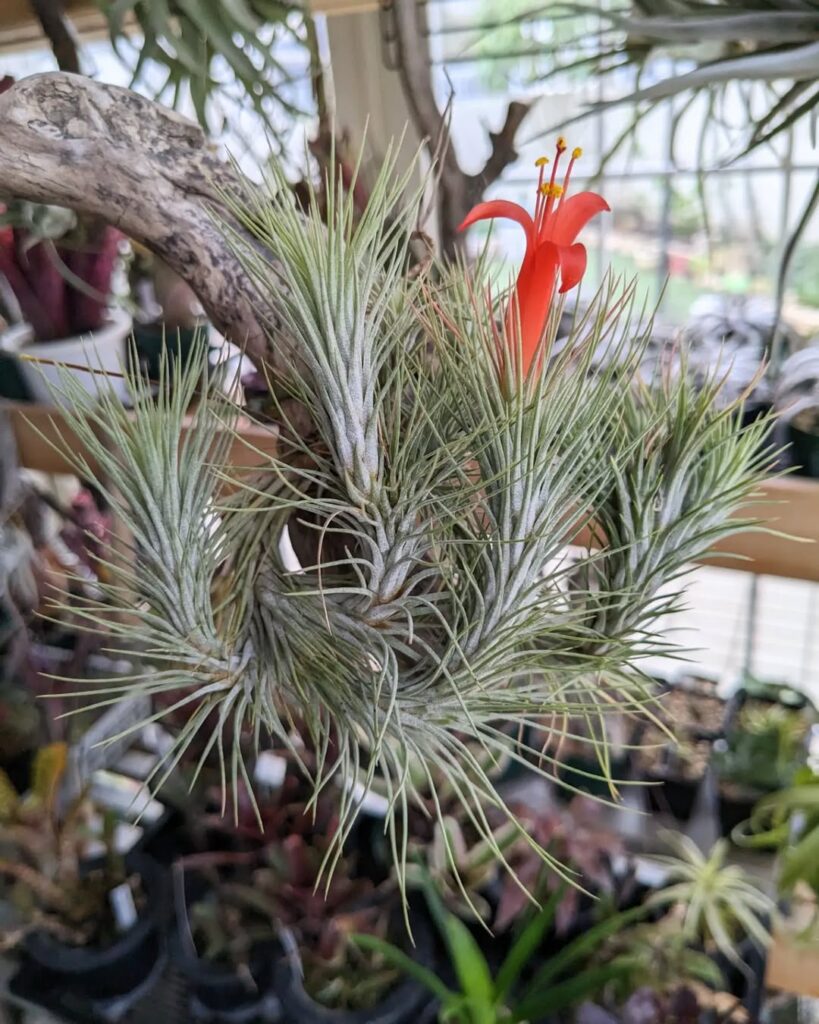
A slender, twisting air plant that thrives in bright and dry environments. It turns red when ready to bloom.
26. Tillandsia araujei
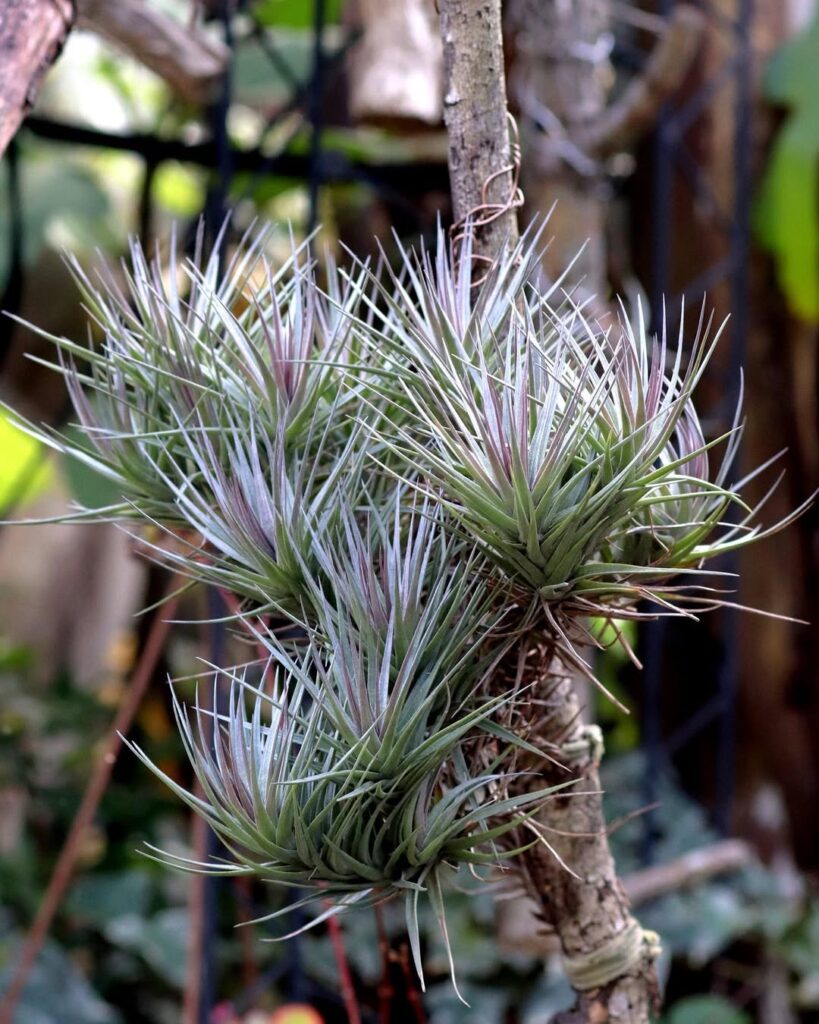
With narrow, trailing leaves, T. araujei forms delicate clumps. It enjoys good airflow and bright conditions.
27. Tillandsia filifolia
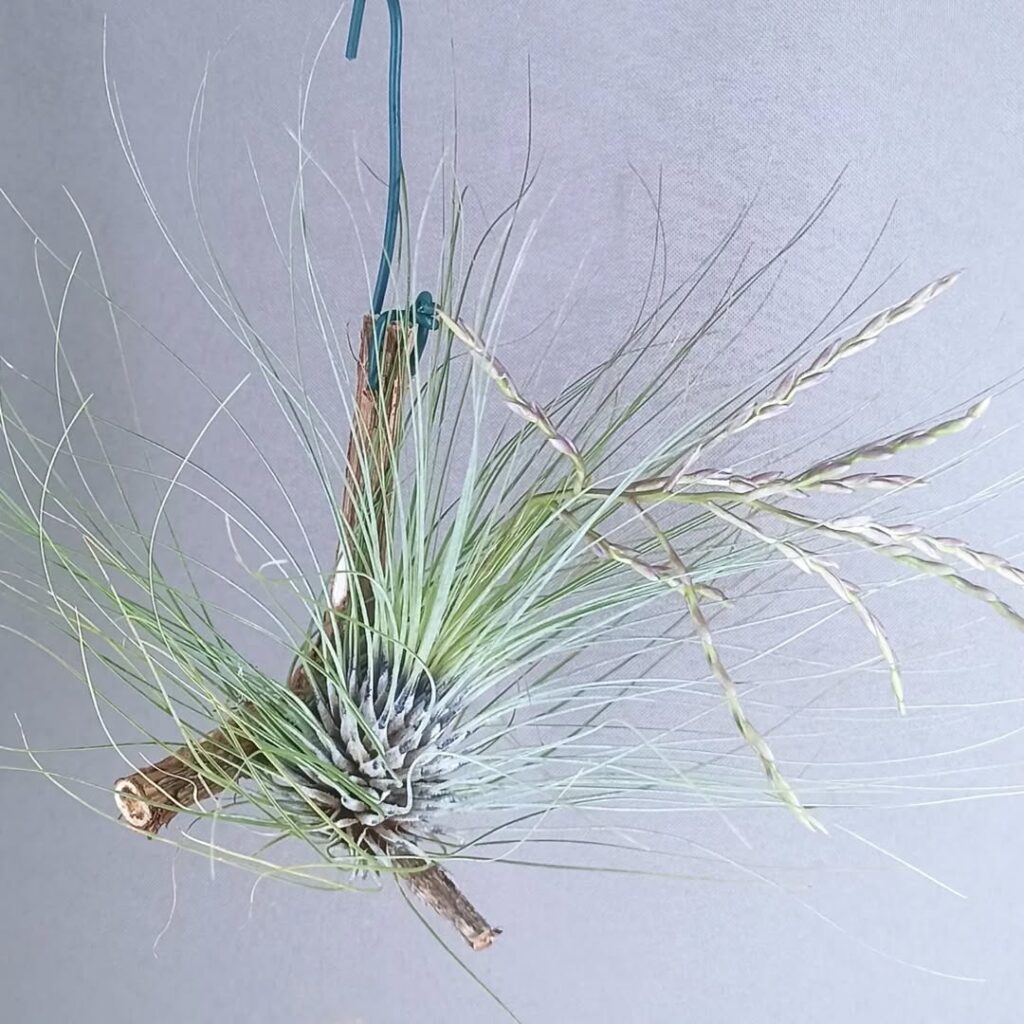
This variety has thin, needle-like leaves that spread outwards. It thrives in bright but dry spaces.
28. Tillandsia xiphioides
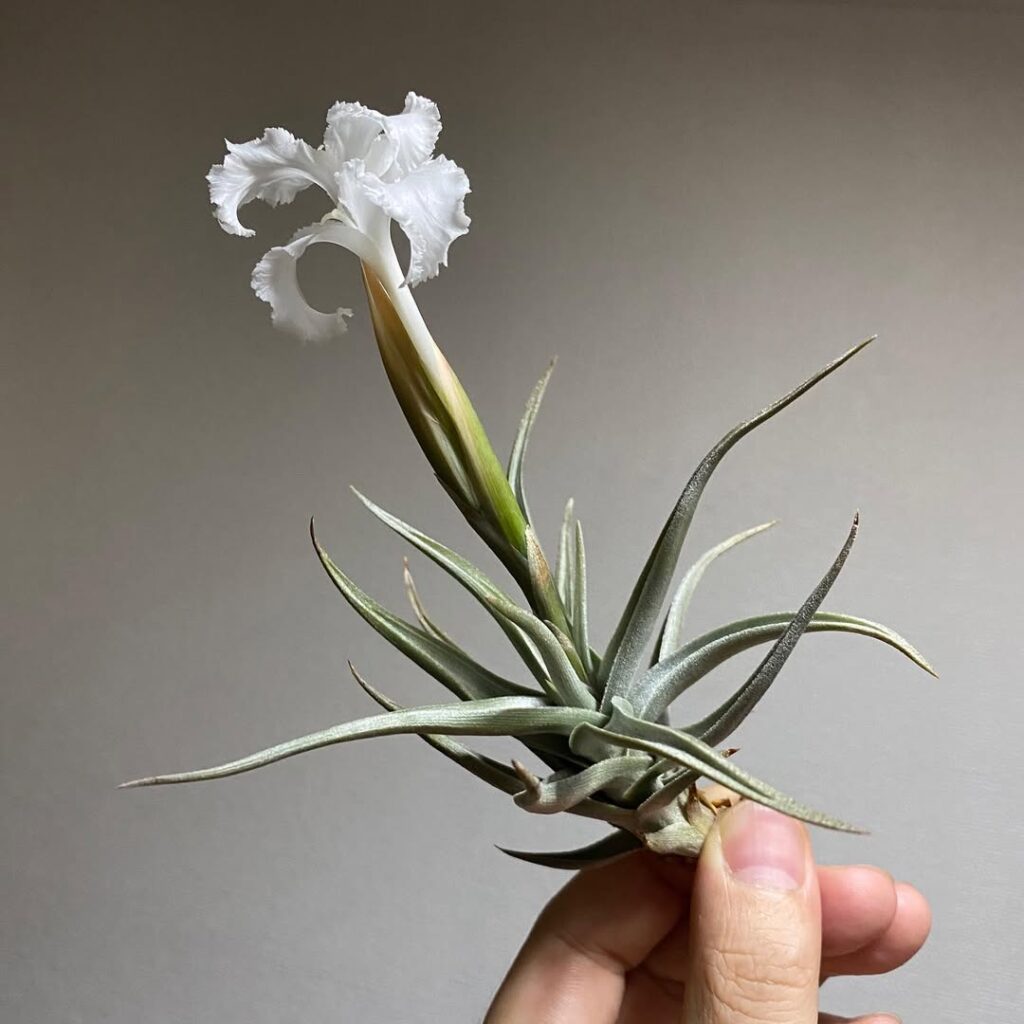
A rare xeric species with broad, fuzzy leaves. It thrives in bright conditions and produces large, fragrant flowers.
29. Tillandsia schiedeana
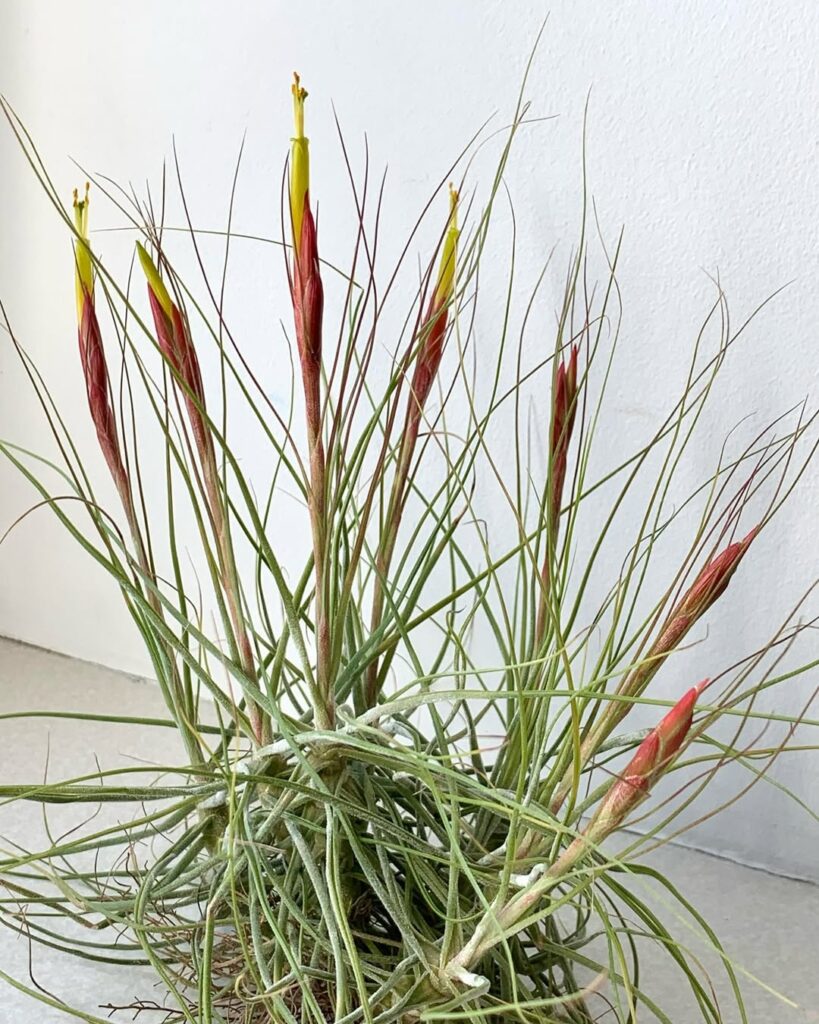
A hardy air plant with wiry leaves that tolerate dry environments. It requires bright light and occasional misting.
30. Tillandsia diaguitensis
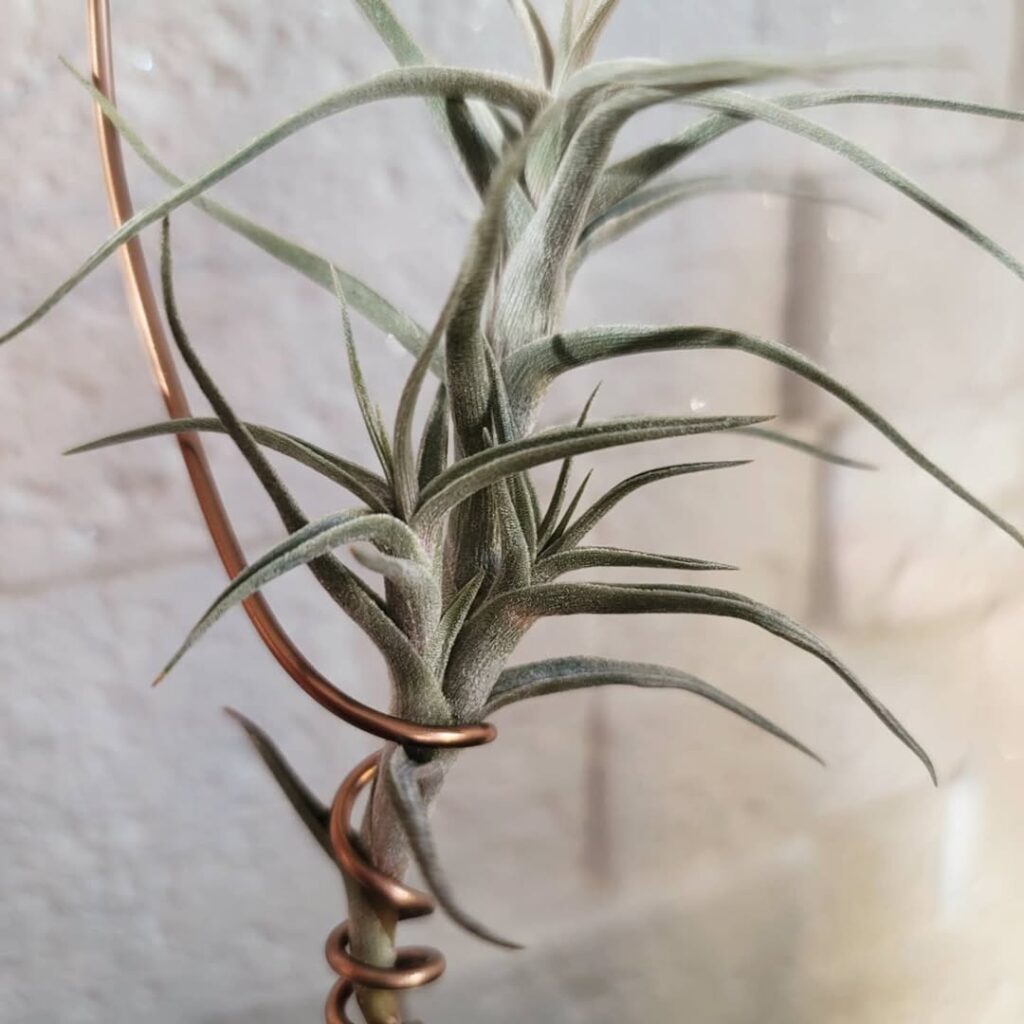
This species has long, thin, silvery foliage. It prefers bright light and good air circulation.
31. Tillandsia matudae

A narrow-leaved air plant that’s exceptionally drought-tolerant. It thrives with minimal watering.
32. Tillandsia latifolia
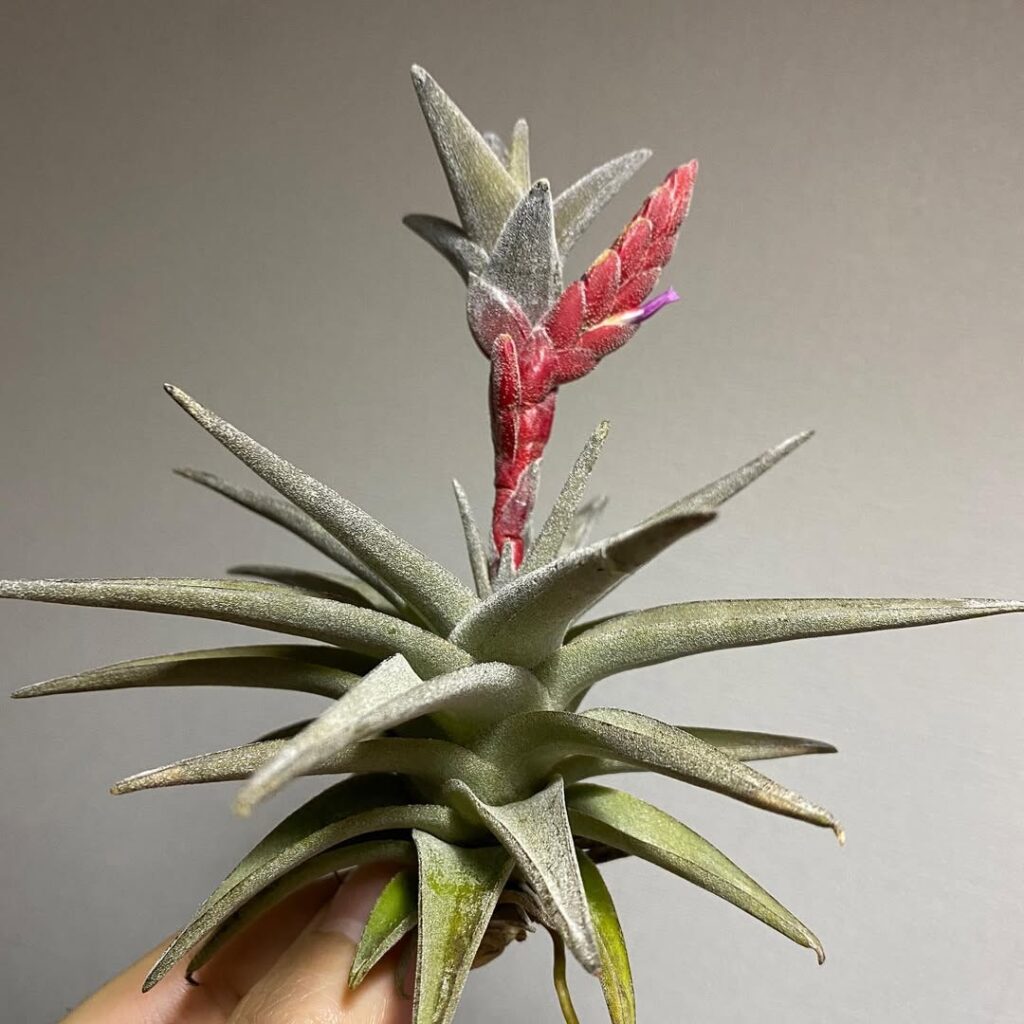
A wide-leaved xeric air plant that grows well in dry conditions. It produces stunning spikes when mature.
33. Tillandsia montana

A compact air plant with thick, water-retaining leaves. It’s easy to care for in bright spaces.
34. Tillandsia roland-gosselinii

This species has broad, curled leaves with a striking appearance. It enjoys bright light and dry conditions.
35. Tillandsia polystachia
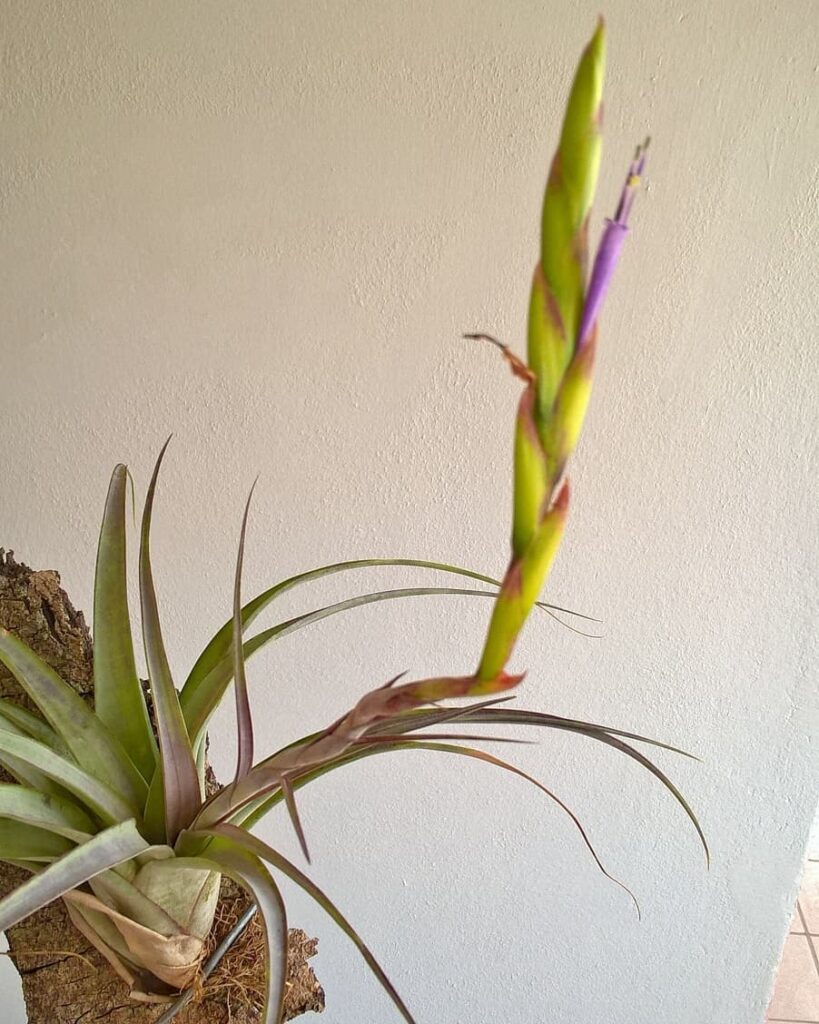
Tillandsia polystachia has stiff, narrow leaves with fine trichomes, giving it a silvery-green look. It produces multiple flower spikes with small purple blooms, thriving in bright, dry conditions with minimal watering.
36. Tillandsia tricolor
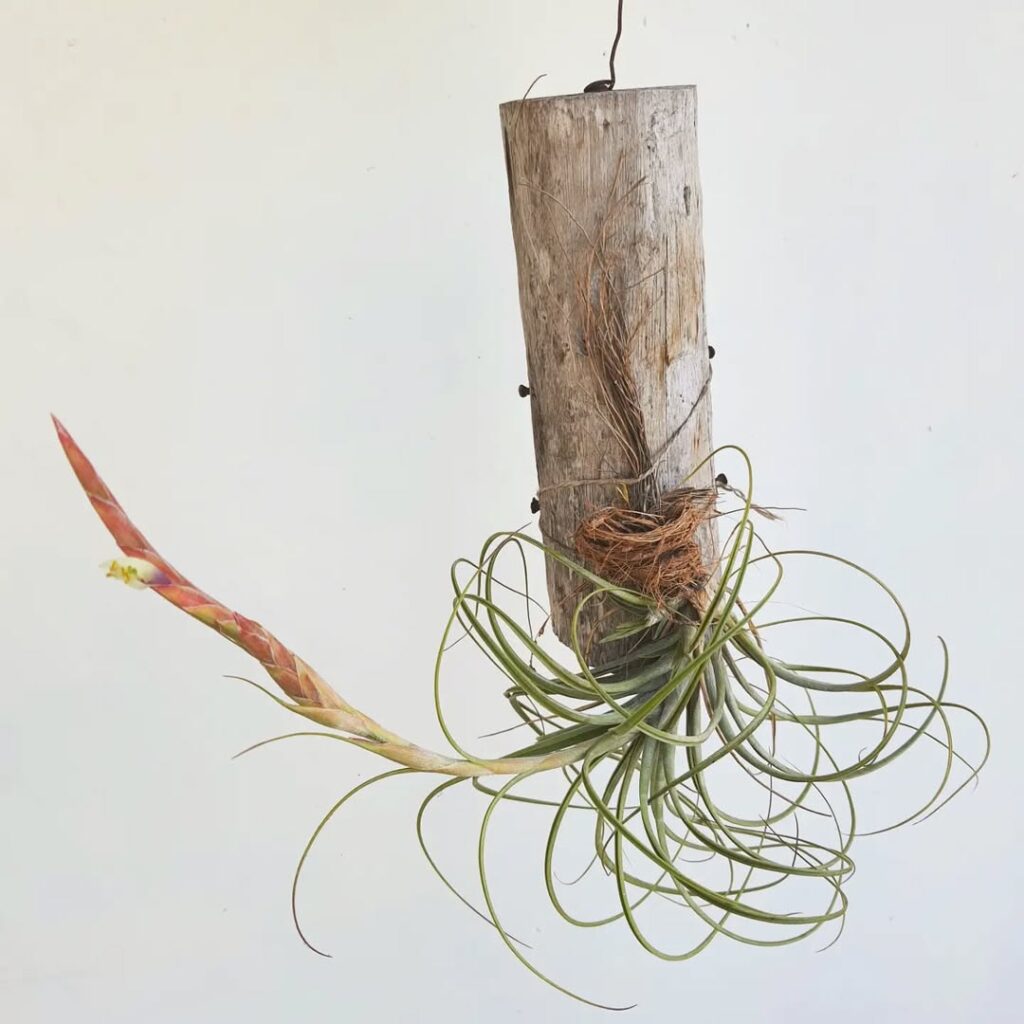
Tillandsia tricolor has slender leaves that turn red under bright light. It produces tall flower spikes with yellow bracts and purple blooms, thriving in dry conditions with minimal care.
37. Tillandsia pohliana
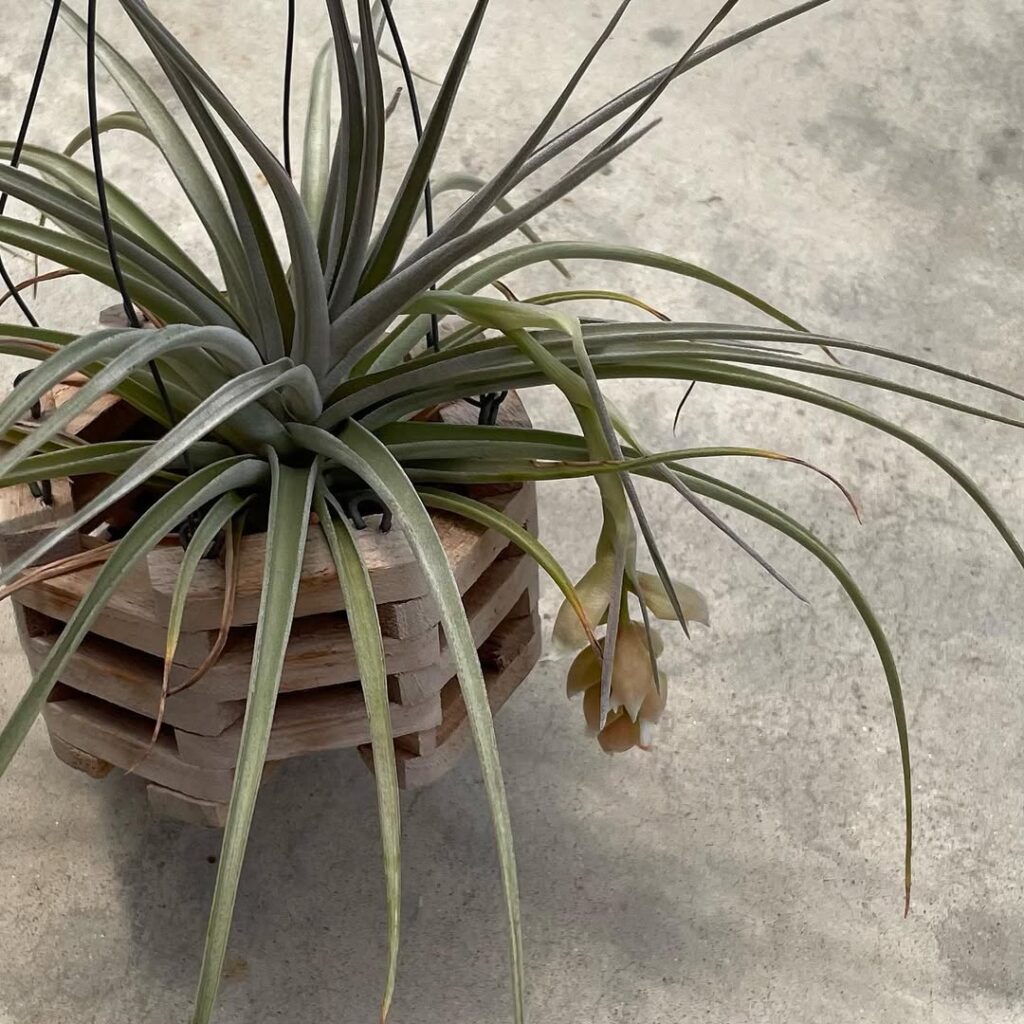
Tillandsia pohliana has silvery leaves and apricot-hued blooms. It thrives in dry, rocky environments with minimal care.
38. Tillandsia andreana
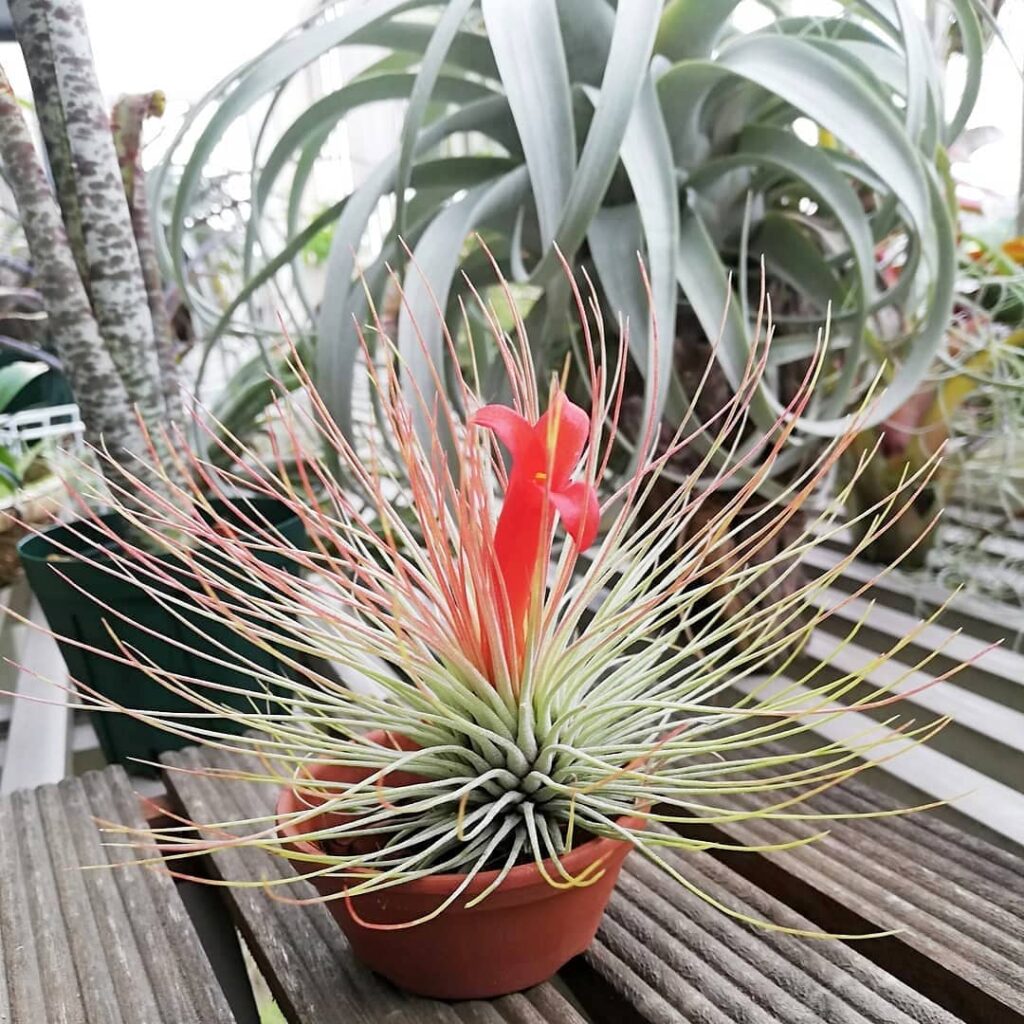
A delicate species with soft, wispy leaves. It thrives in bright, dry environments.
39. Tillandsia bergeri
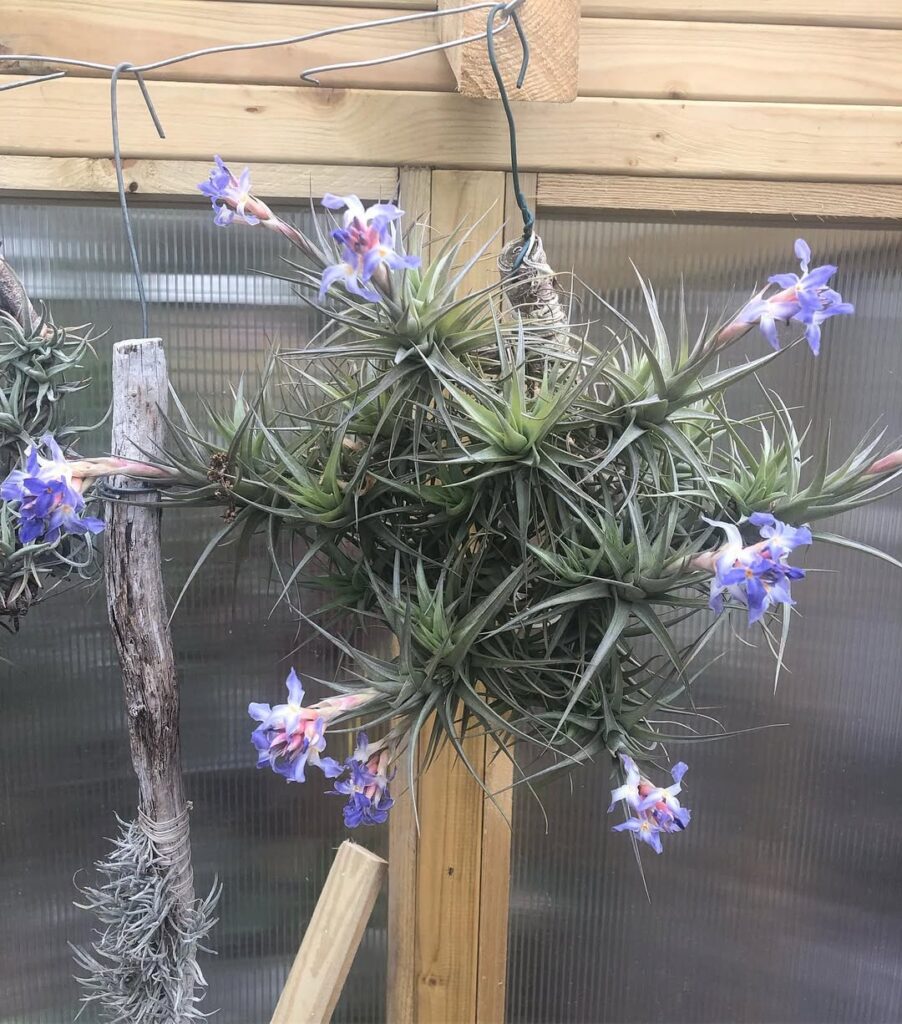
Tillandsia bergeri is a hardy xeric air plant with stiff, silvery-green leaves. It produces bright pink or purple blooms and thrives in dry, well-ventilated spaces.
40. Tillandsia didisticha
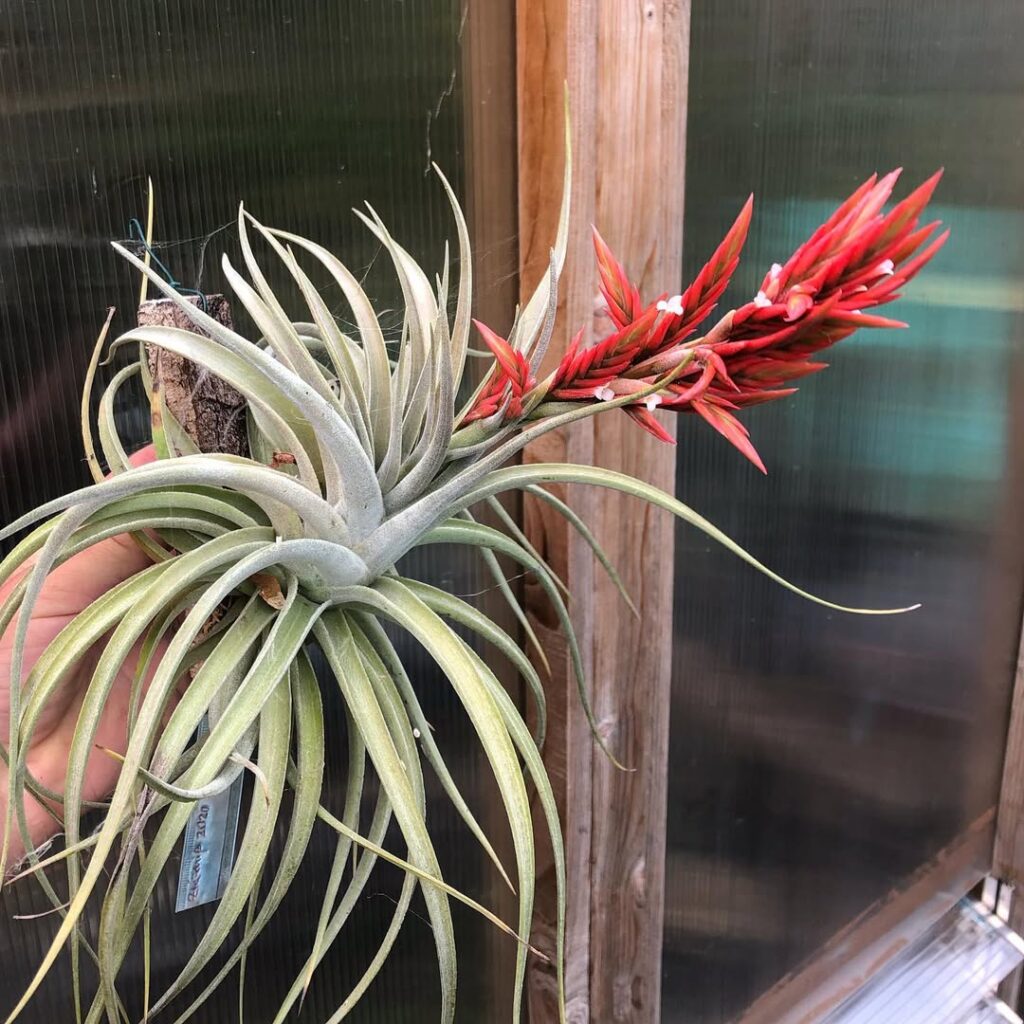
A stunning air plant with upright leaves and bright blooms. It flourishes in dry conditions.
41. Tillandsia usneoides (Spanish Moss)
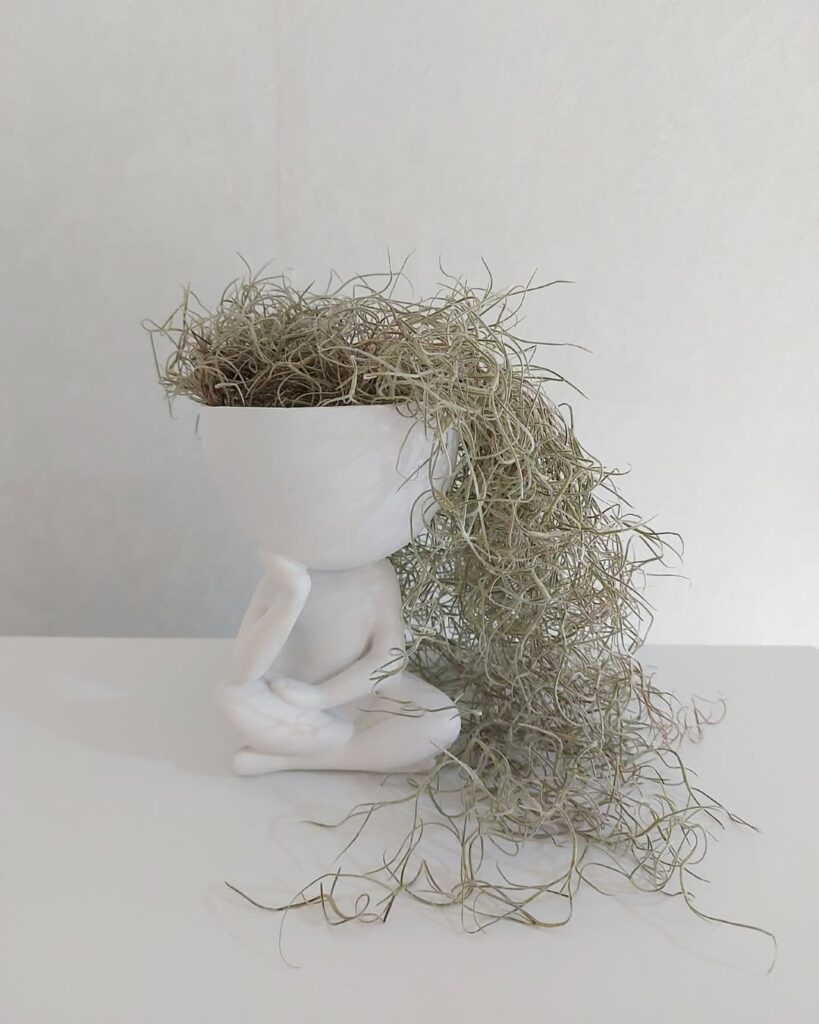
Unlike other xeric air plants, T. usneoides grows in hanging strands. It thrives in dry air with occasional misting.
42. Tillandsia crocata
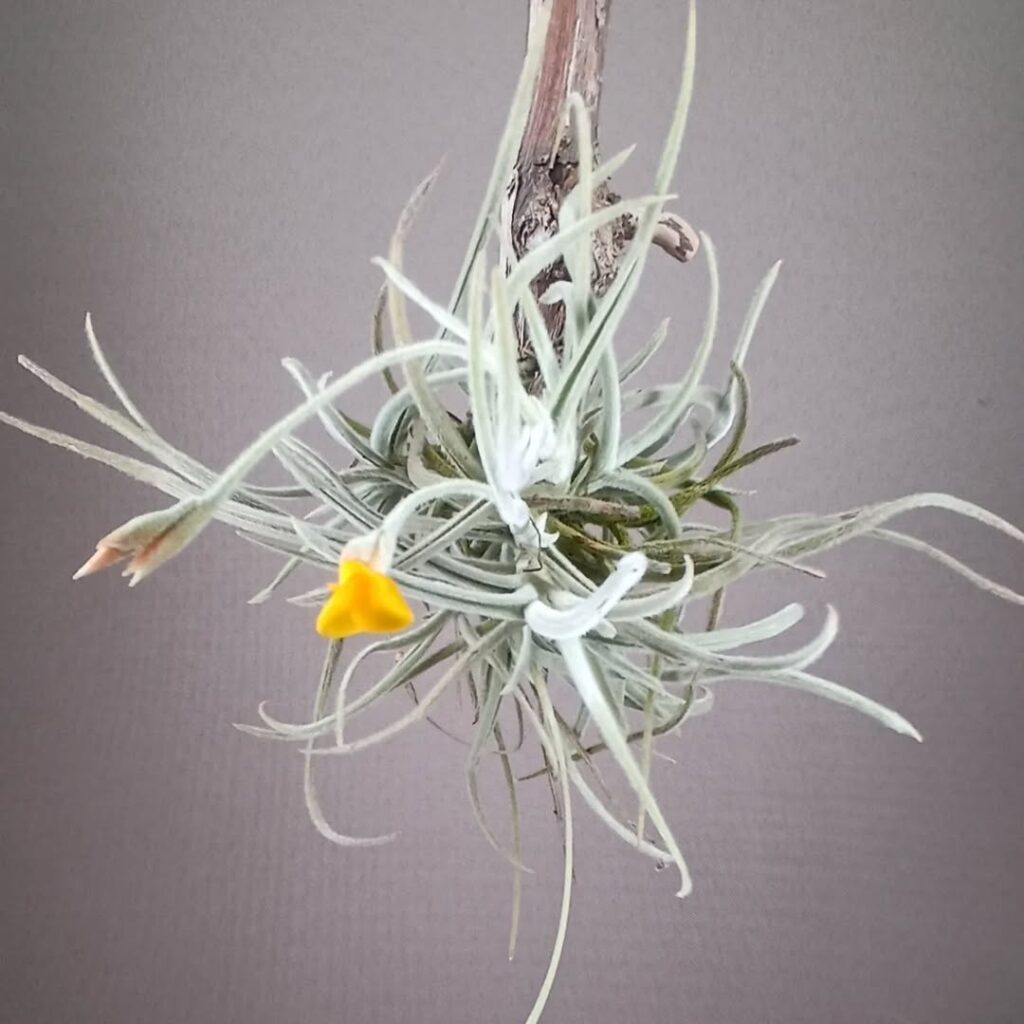
A small, fragrant air plant with bright yellow flowers. It’s easy to care for in dry spaces.
43. Tillandsia geminiflora
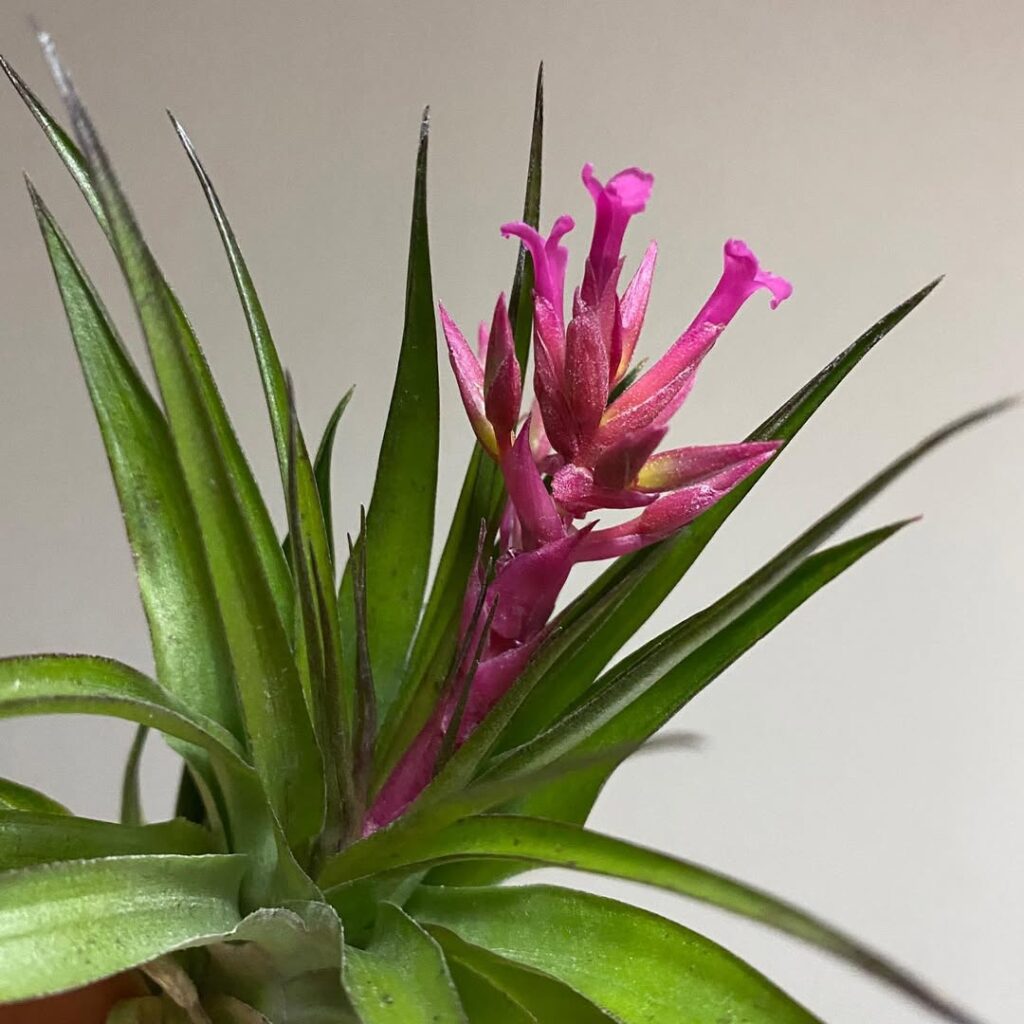
Tillandsia geminiflora has narrow, lance-shaped leaves with a silvery-green hue due to fine trichomes. It produces tall flower spikes with bright violet or purple blooms, thriving in dry, well-lit environments.
44. Tillandsia lorentziana
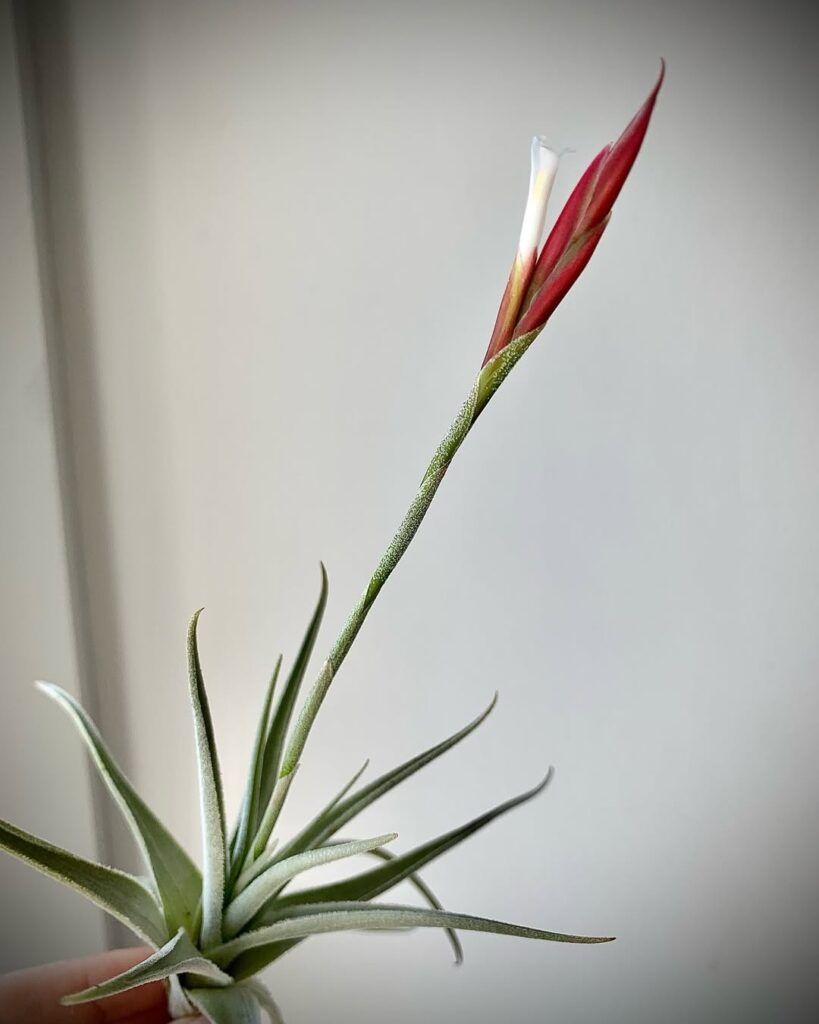
Tillandsia lorentziana has long, slender leaves with fine trichomes that help it absorb moisture. It produces pink bracts with white flowers, thriving in dry, bright conditions.
45. Tillandsia vernicosa
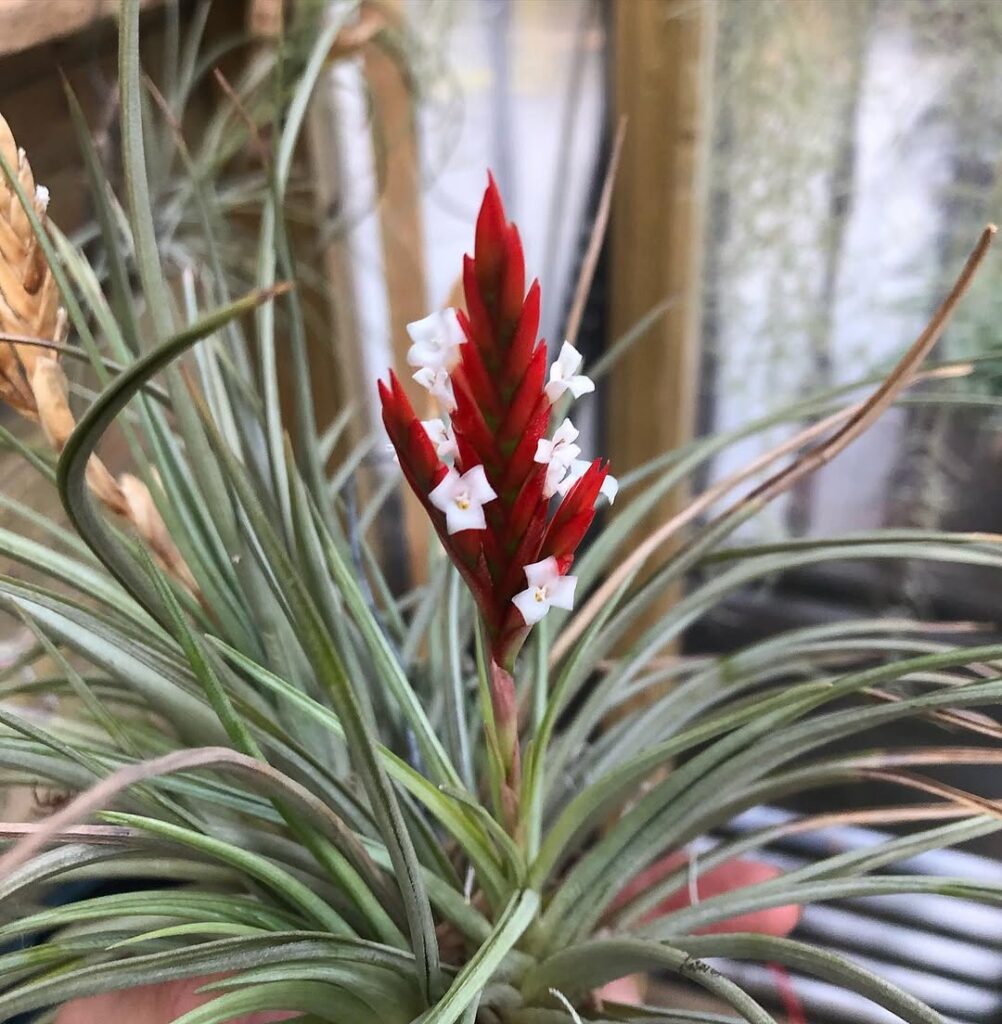
Tillandsia vernicosa has stiff, grey-green leaves that form a compact shape. It produces bright red bracts with delicate white flowers, thriving in dry, well-ventilated environments.
46. Tillandsia caerulea
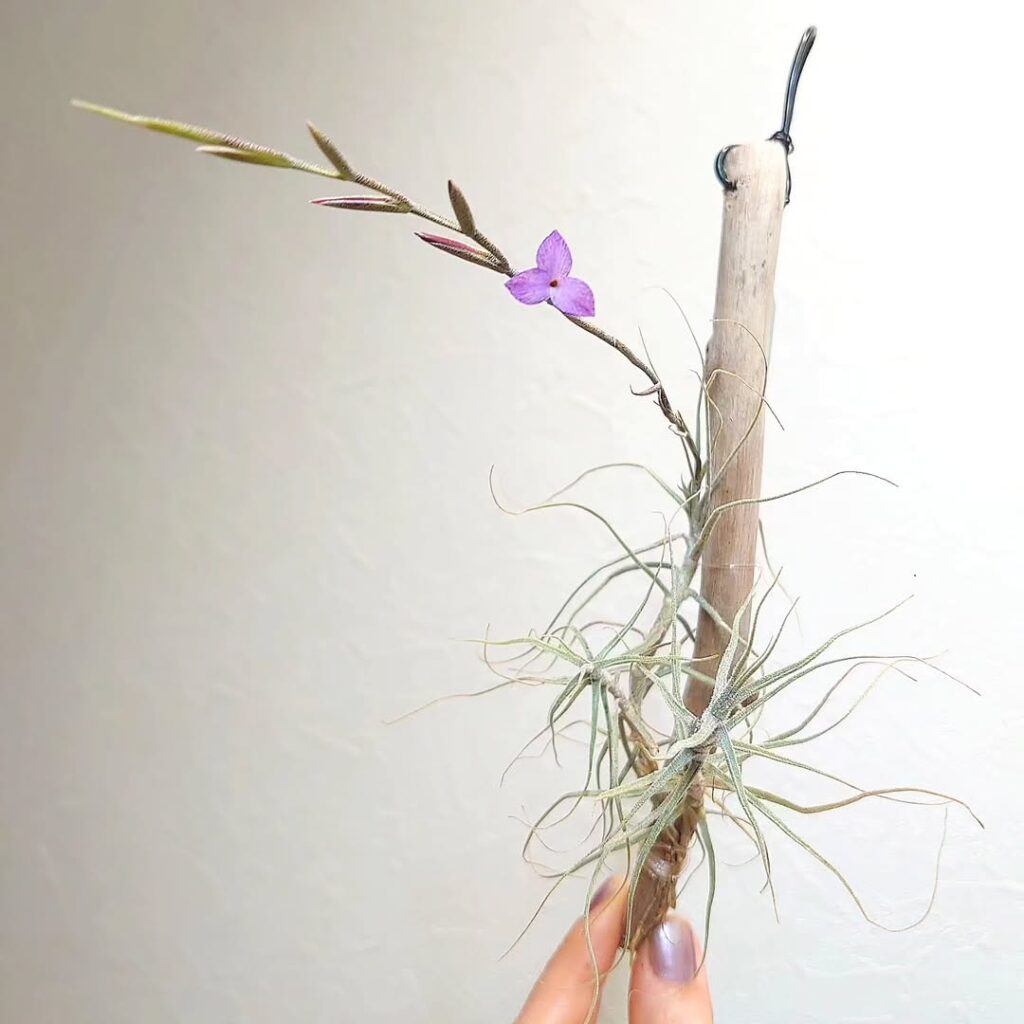
Tillandsia caerulea has thin, wispy leaves and produces lavender-colored flowers on long, wiry stems. It thrives in bright, airy spaces with minimal watering and prefers to dry quickly after misting.
47. Tillandsia gardneri
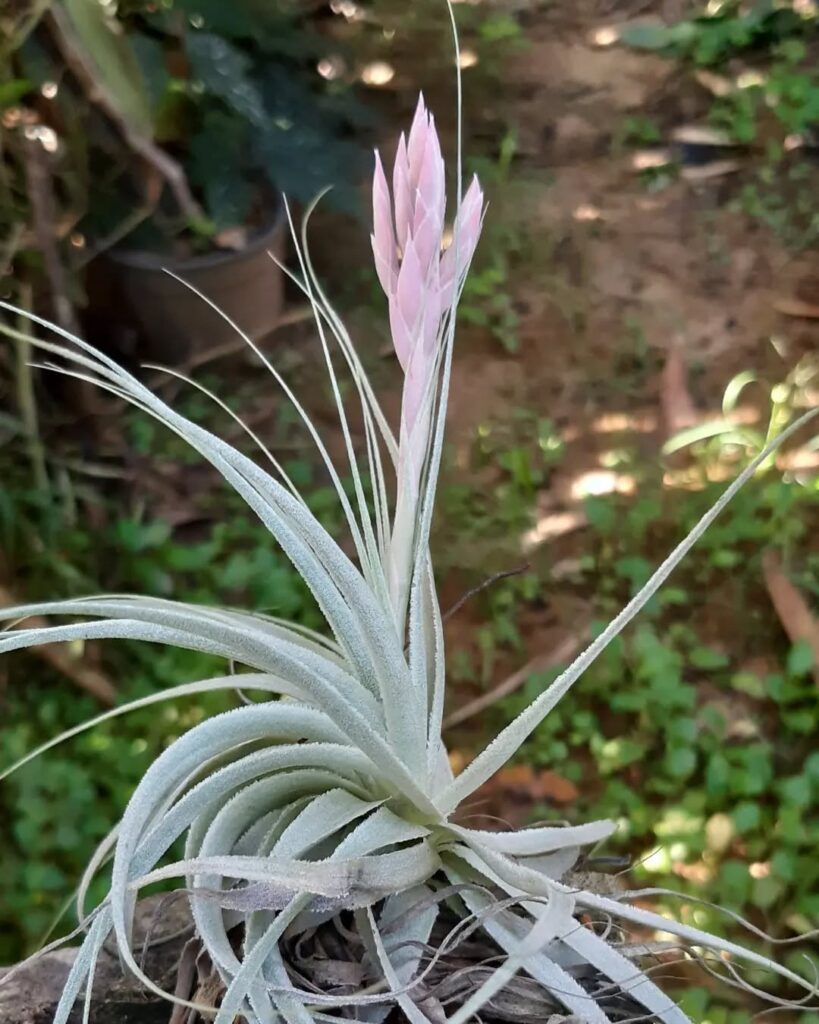
Tillandsia gardneri has soft, silvery leaves that form a graceful rosette. It produces rosy-pink flowers on slender, arching spikes, thriving in dry, well-ventilated environments with bright light.
48. Tillandsia mallemontii
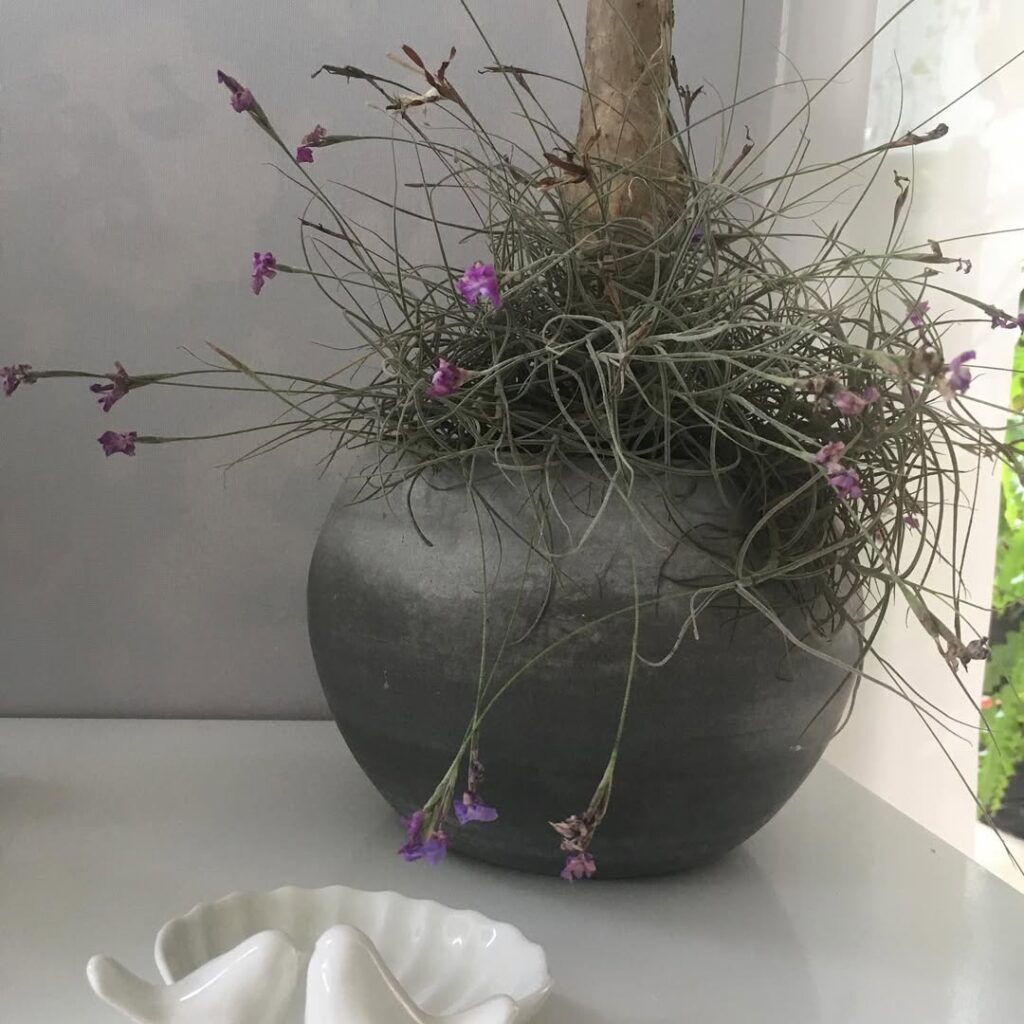
Tillandsia mallemontii has thin, grey-green leaves and produces fragrant purple flowers. It thrives in bright, airy spaces with frequent watering and fast drying.
49. Tillandsia koehresiana
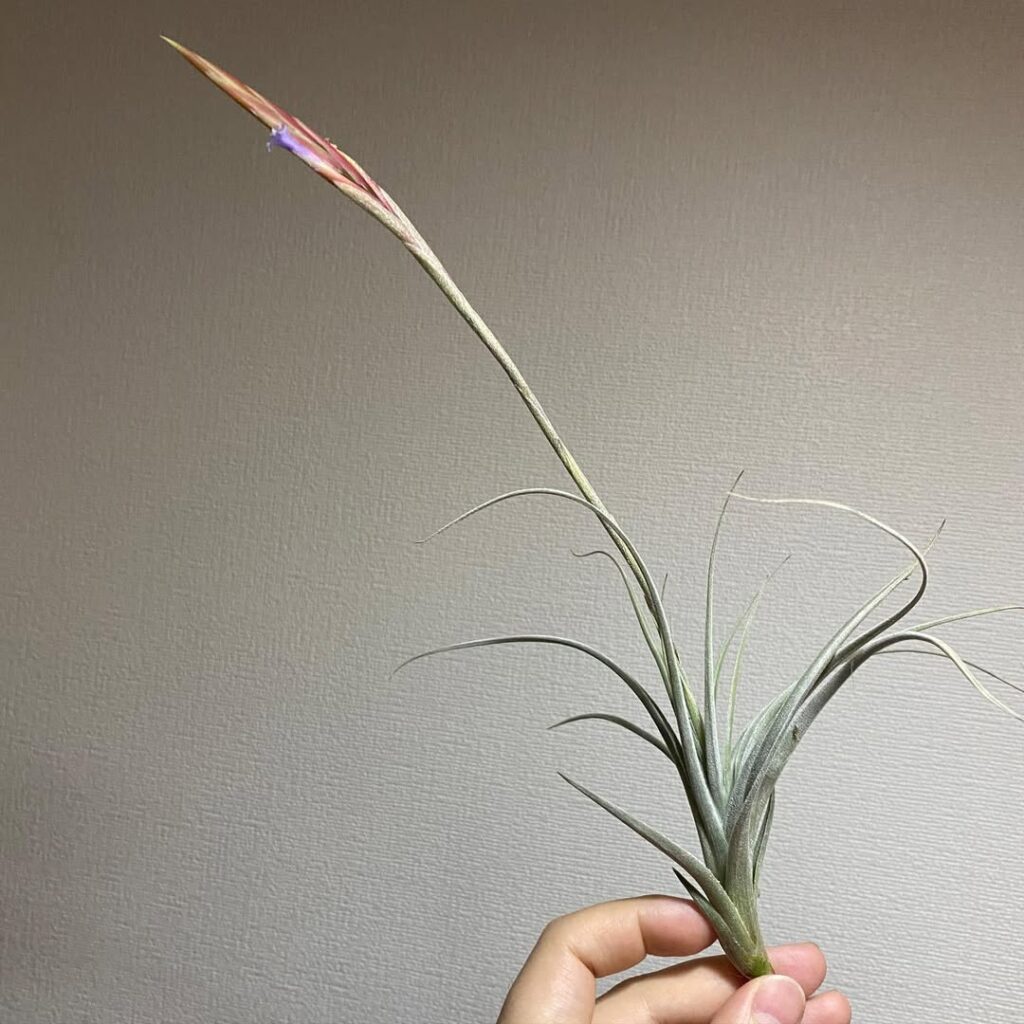
Tillandsia koehresiana is native to Bolivia and thrives in seasonally dry tropical environments. It has narrow, silvery-green leaves covered in fine trichomes, helping it absorb moisture efficiently. This species produces delicate flowers and prefers bright, well-ventilated spaces for optimal growth.
50. Tillandsia paraensis
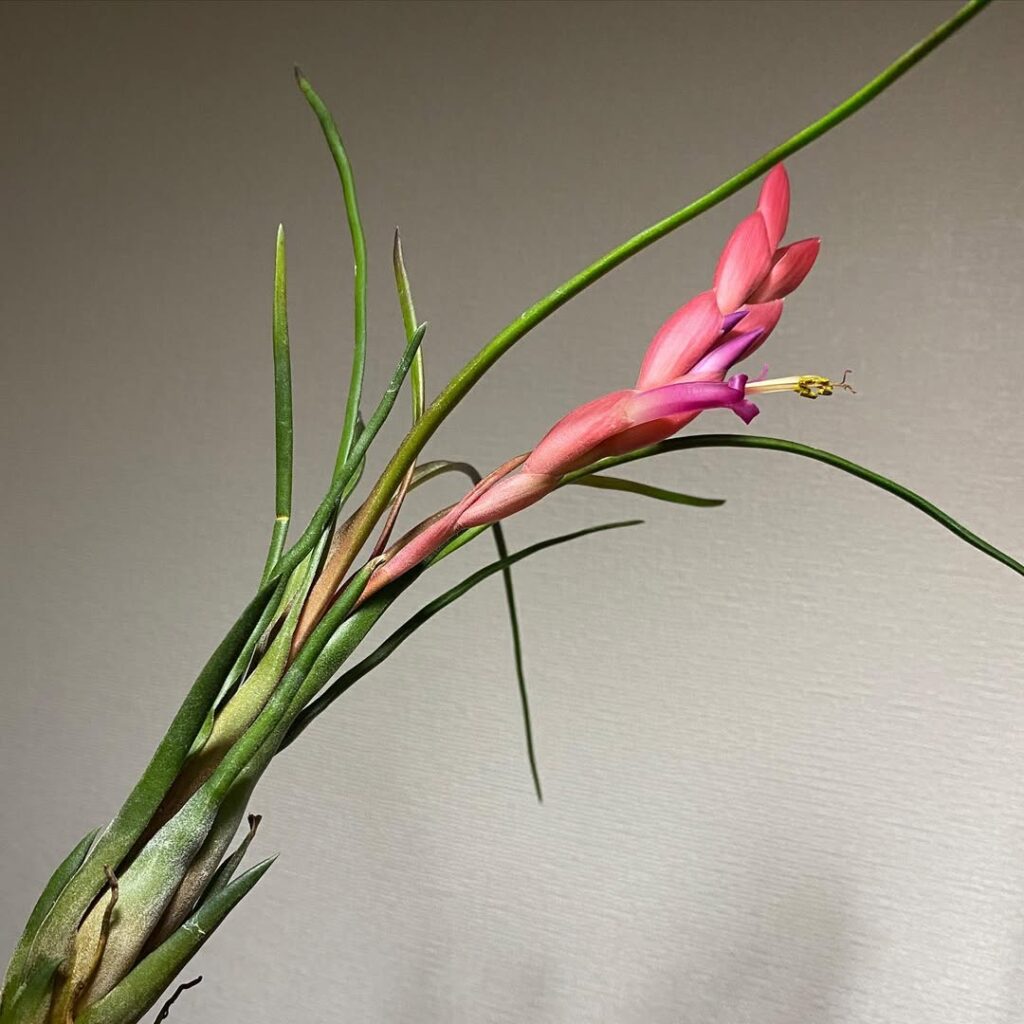
Tillandsia paraensis has narrow, silvery-green leaves that form a compact rosette. It produces pink-rose flowers on tall, slender spikes, thriving in bright, dry environments with good airflow.
How to Care for Xeric Air Plants
Xeric air plants are incredibly easy to care for! Here’s what they need:
- Light: Bright, indirect sunlight or artificial grow lights.
- Water: Mist lightly once a week or soak briefly every two weeks.
- Airflow: Good ventilation helps prevent rot.
- Temperature: Warm conditions (above 50°F) are ideal.
- Mounting: Display them on driftwood, rocks, or hanging planters.
